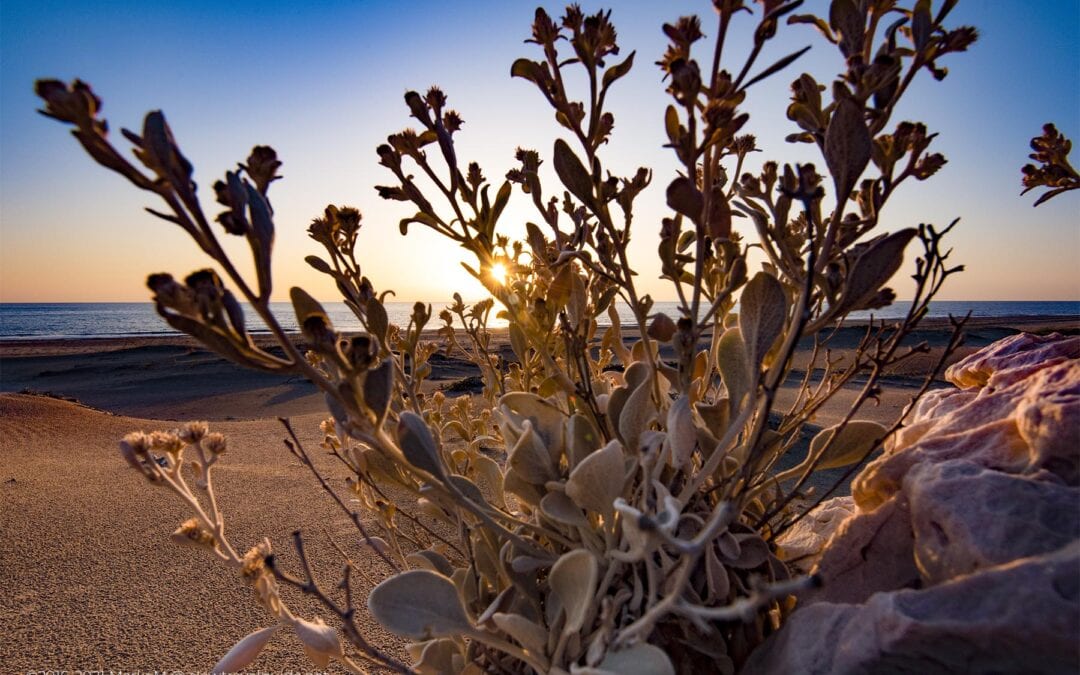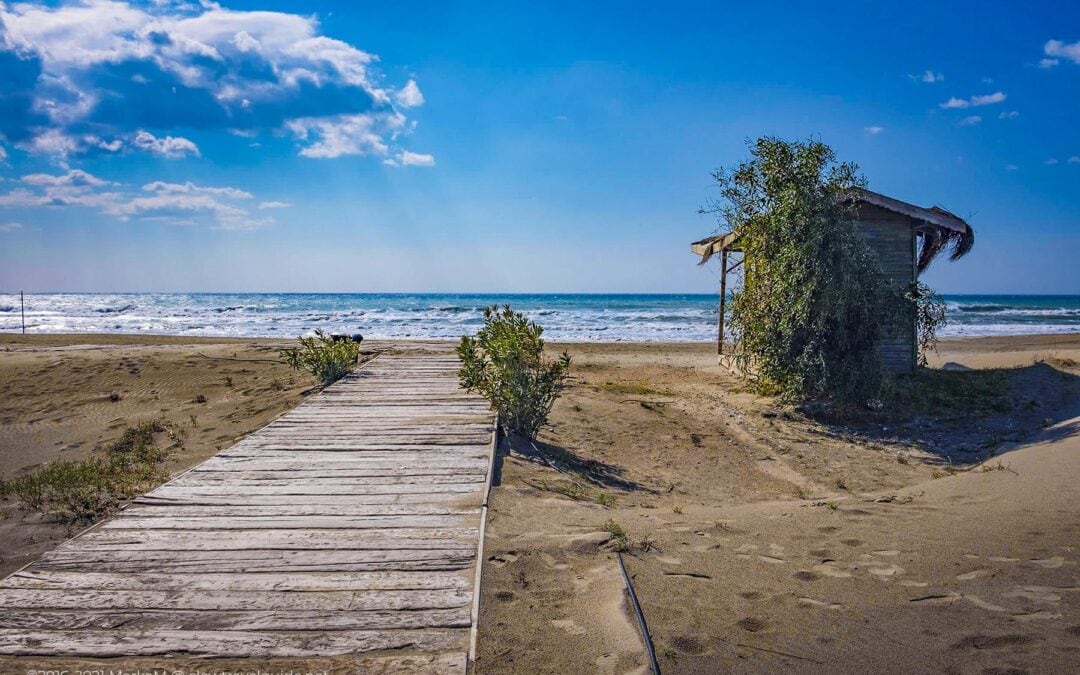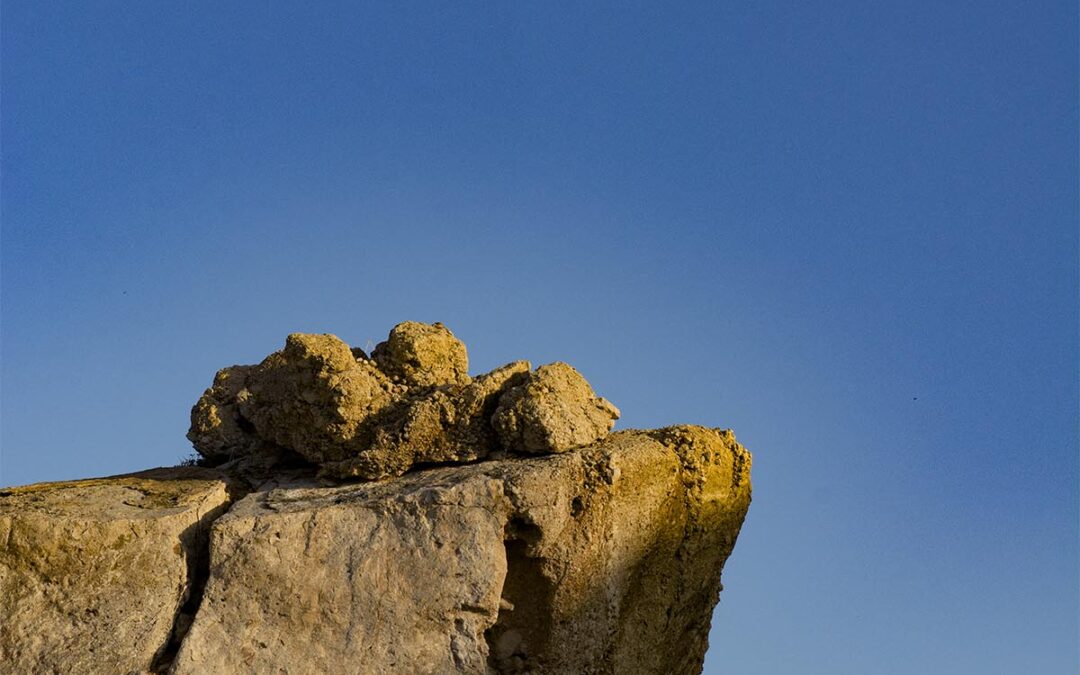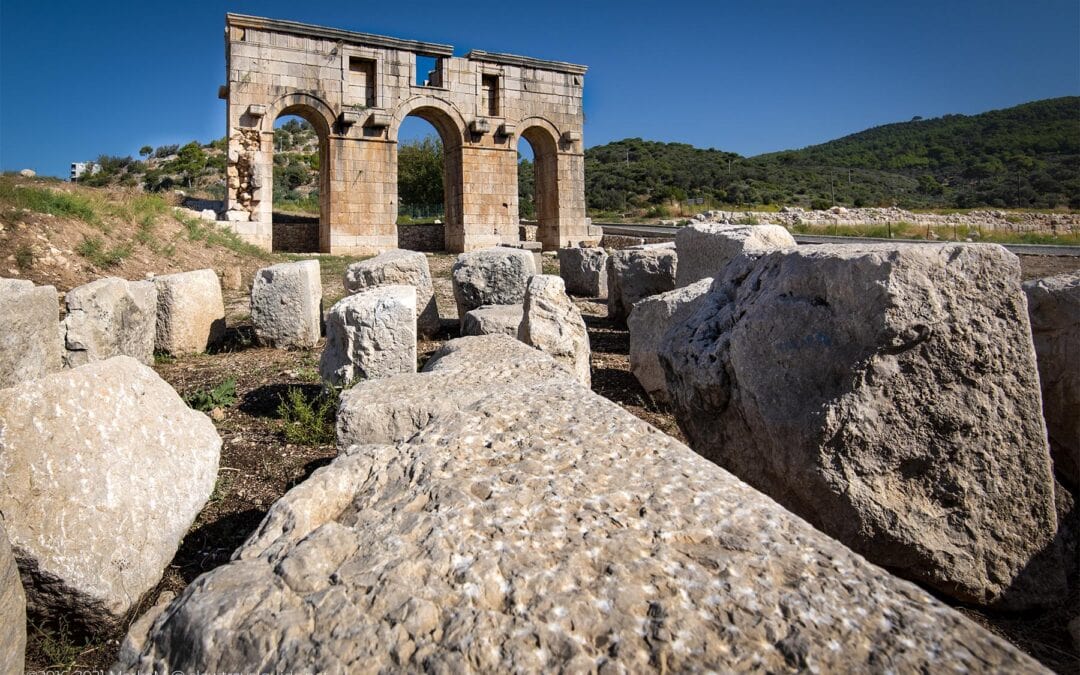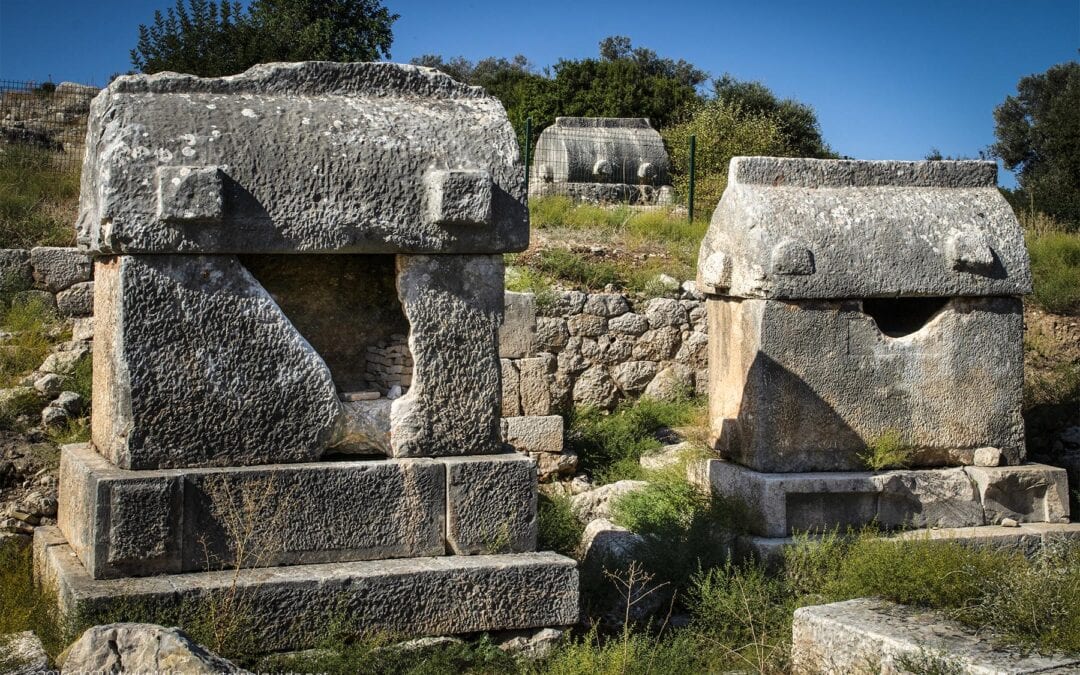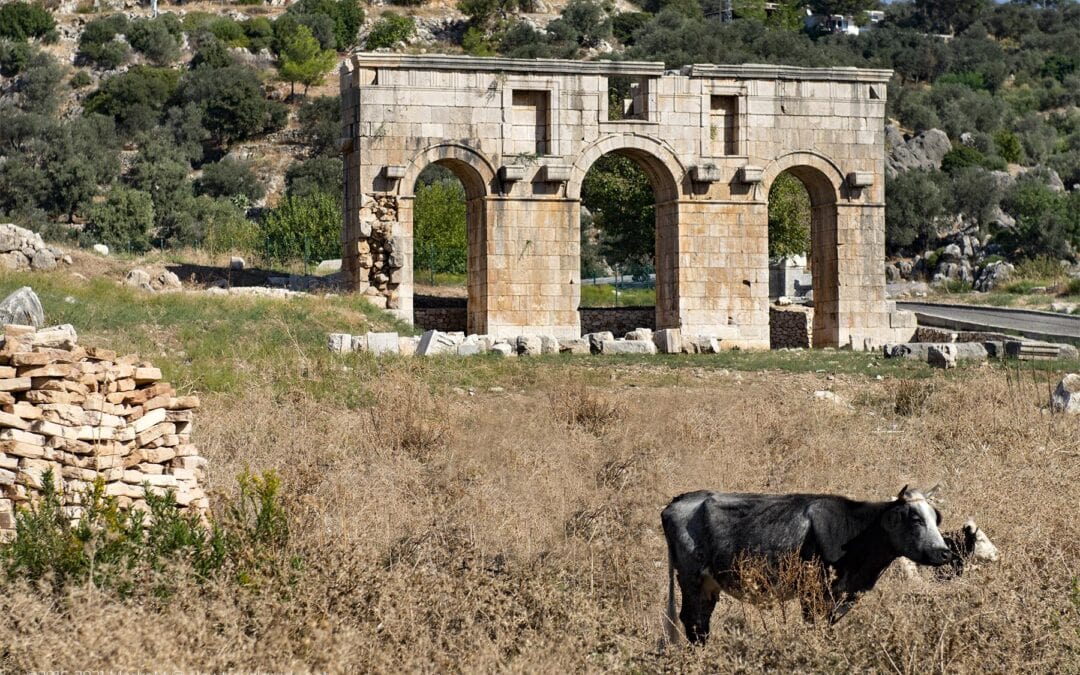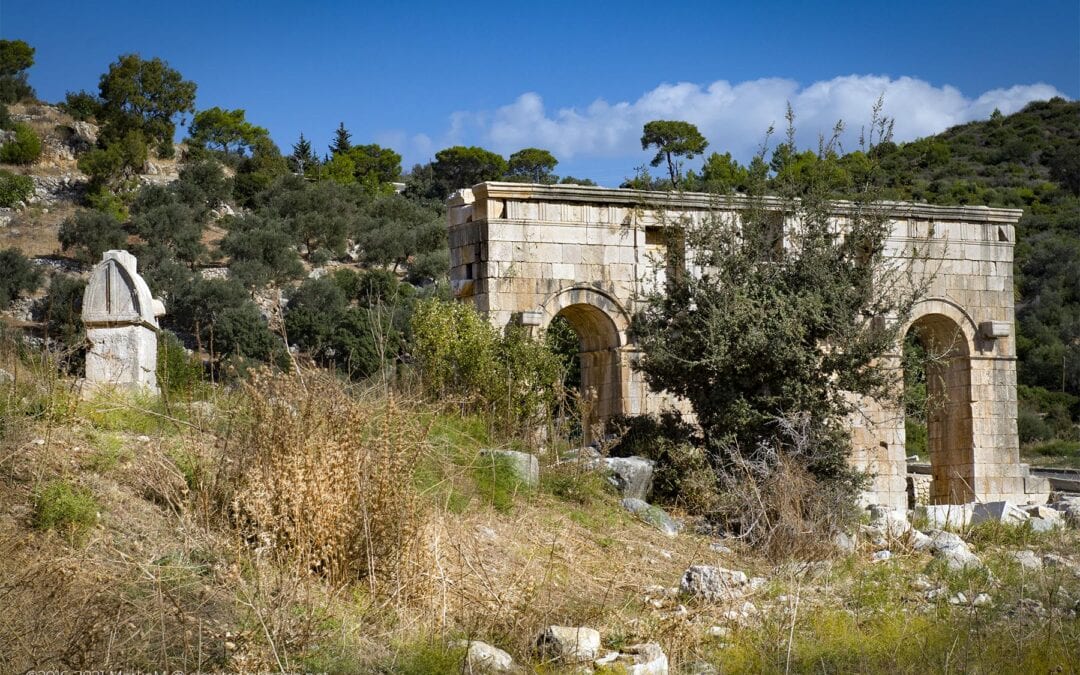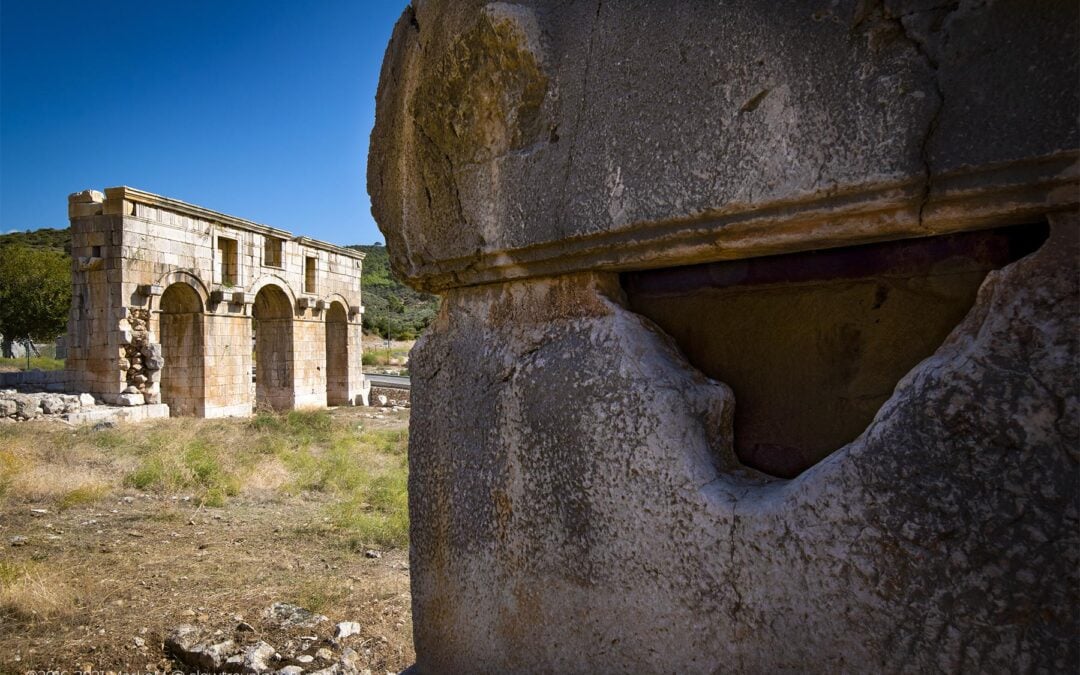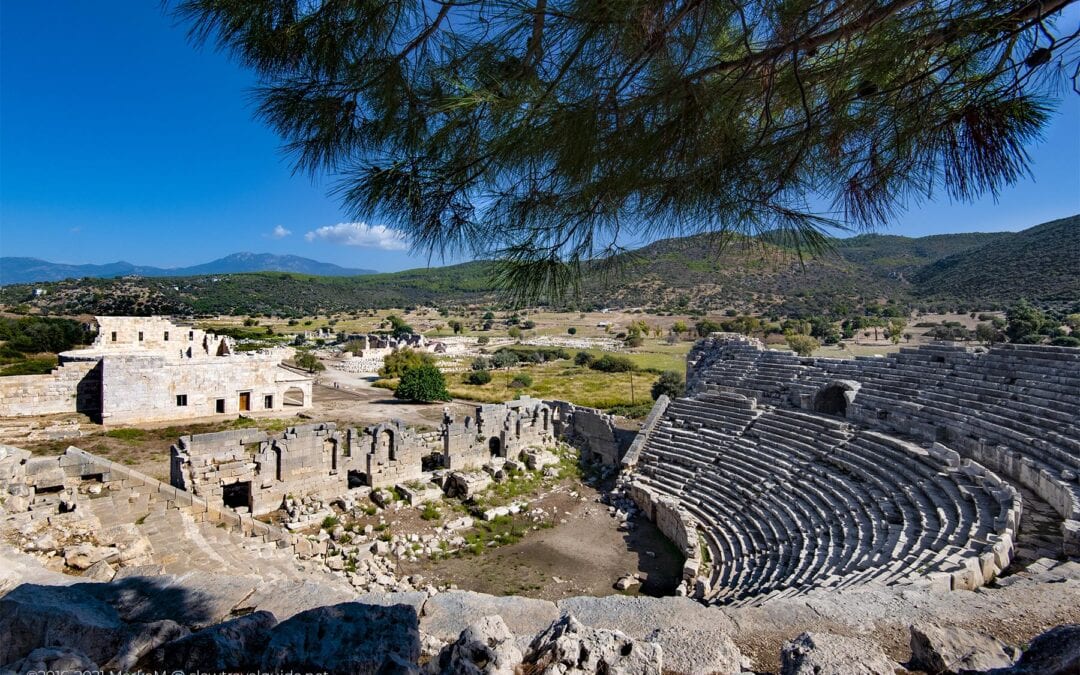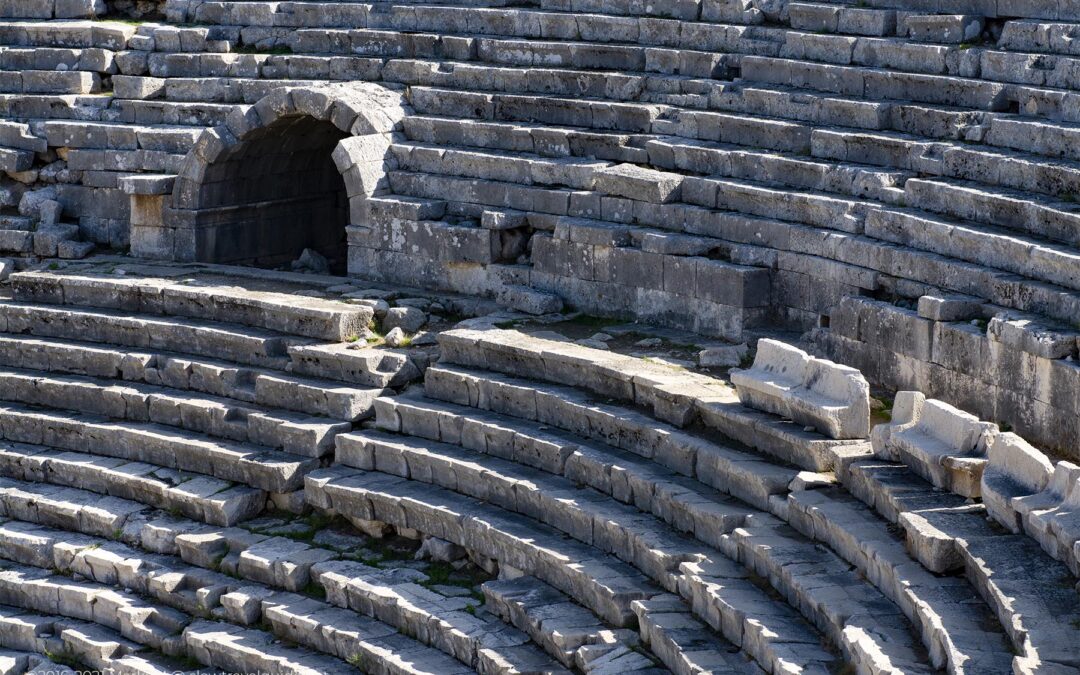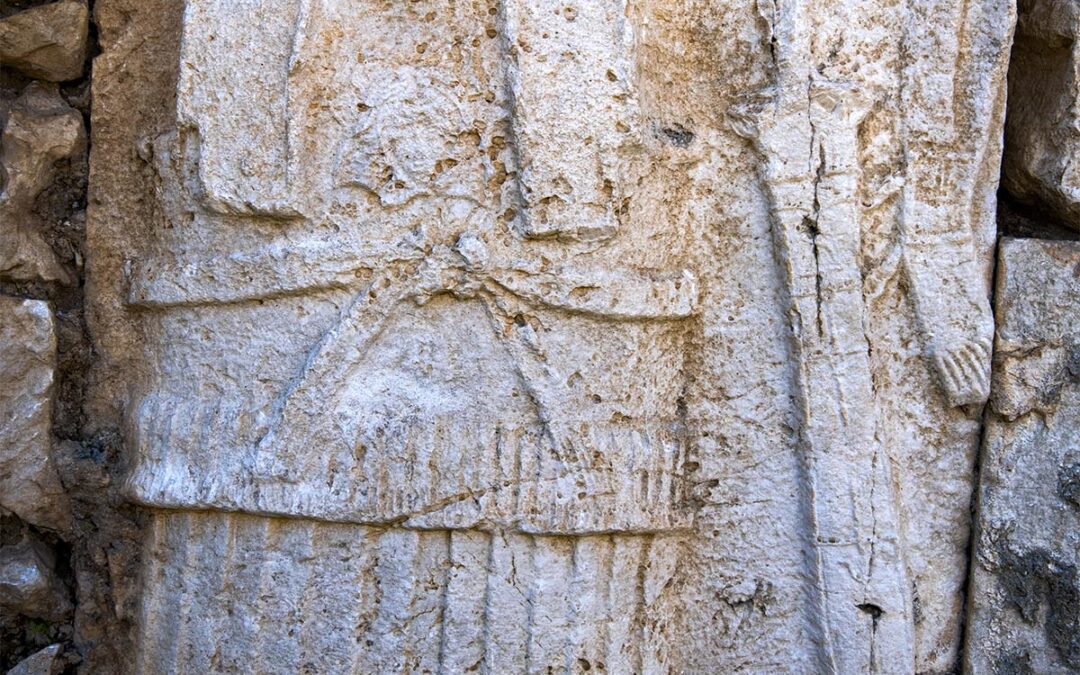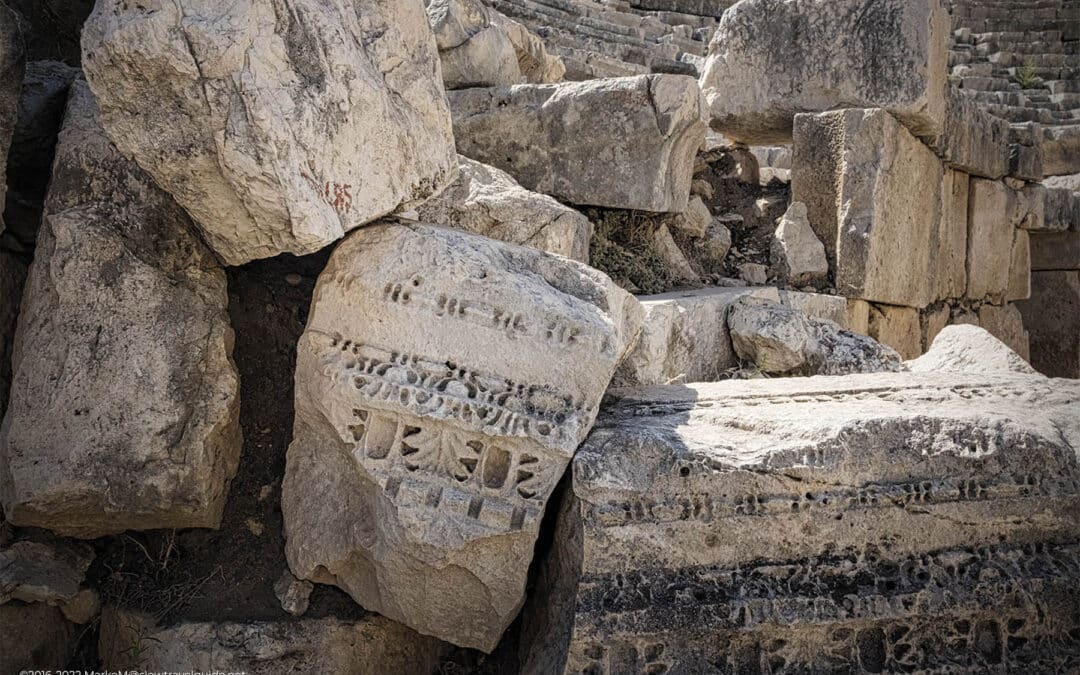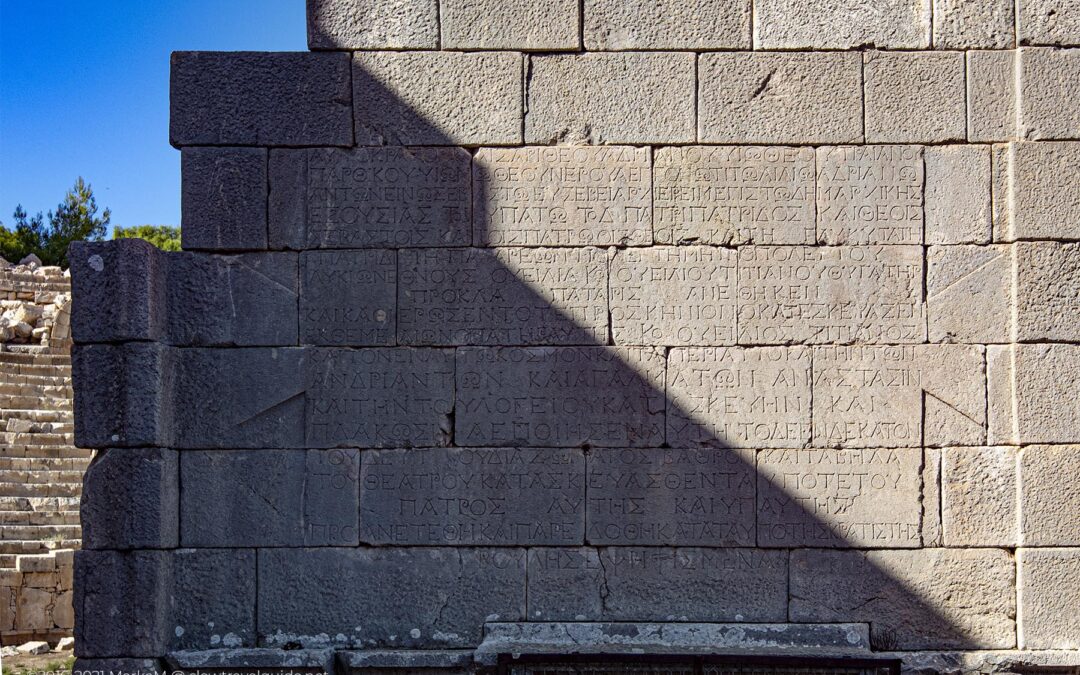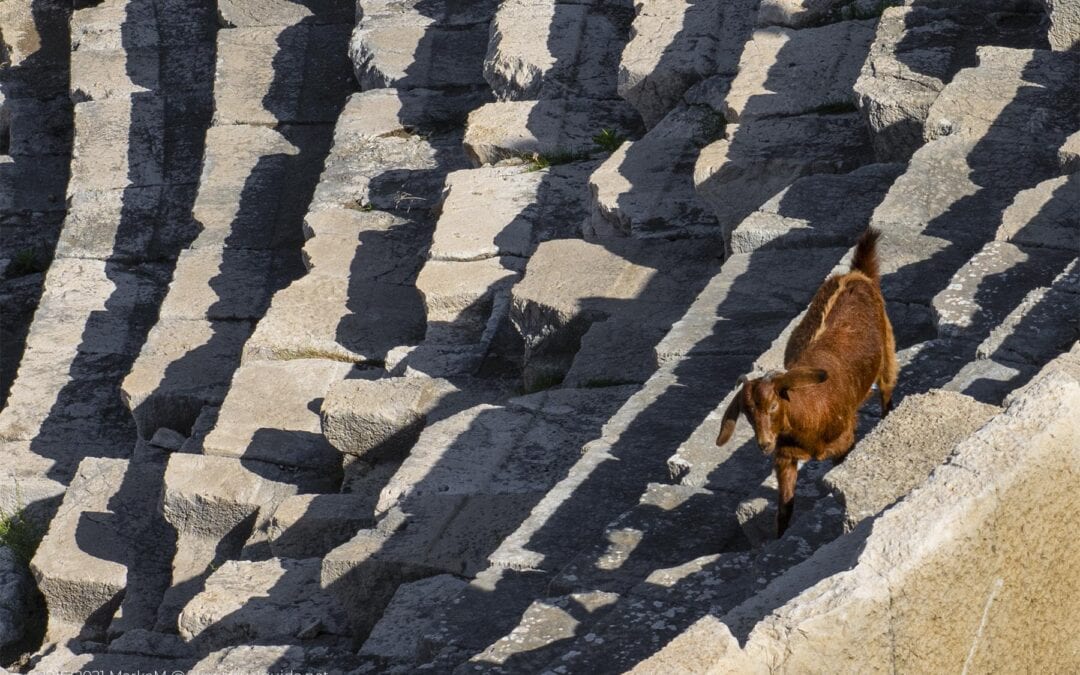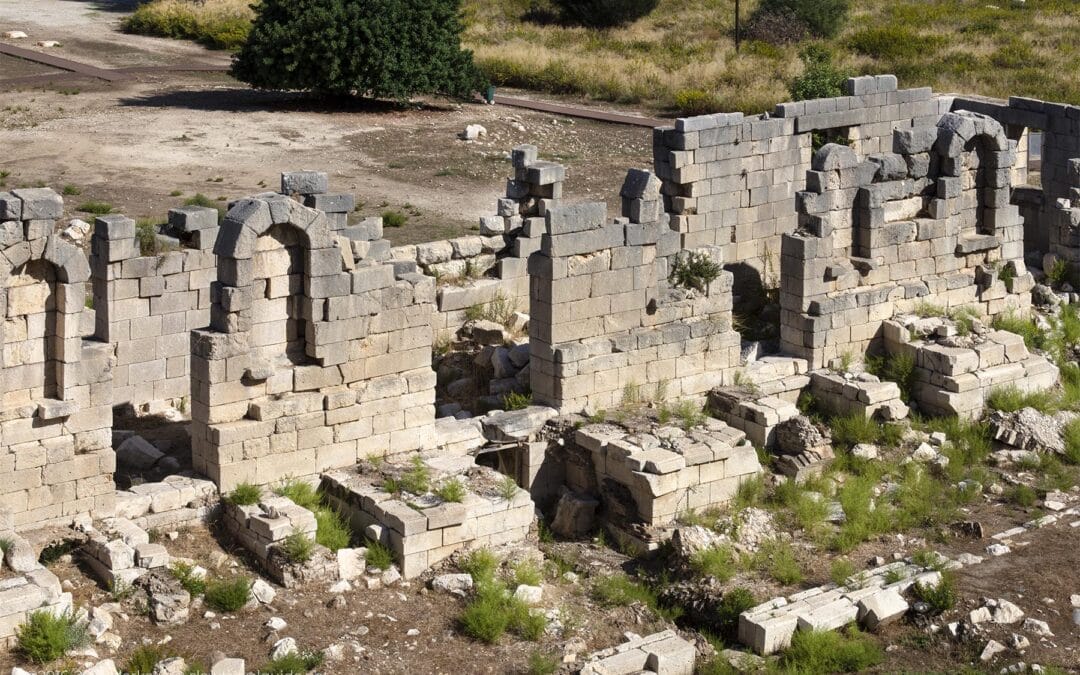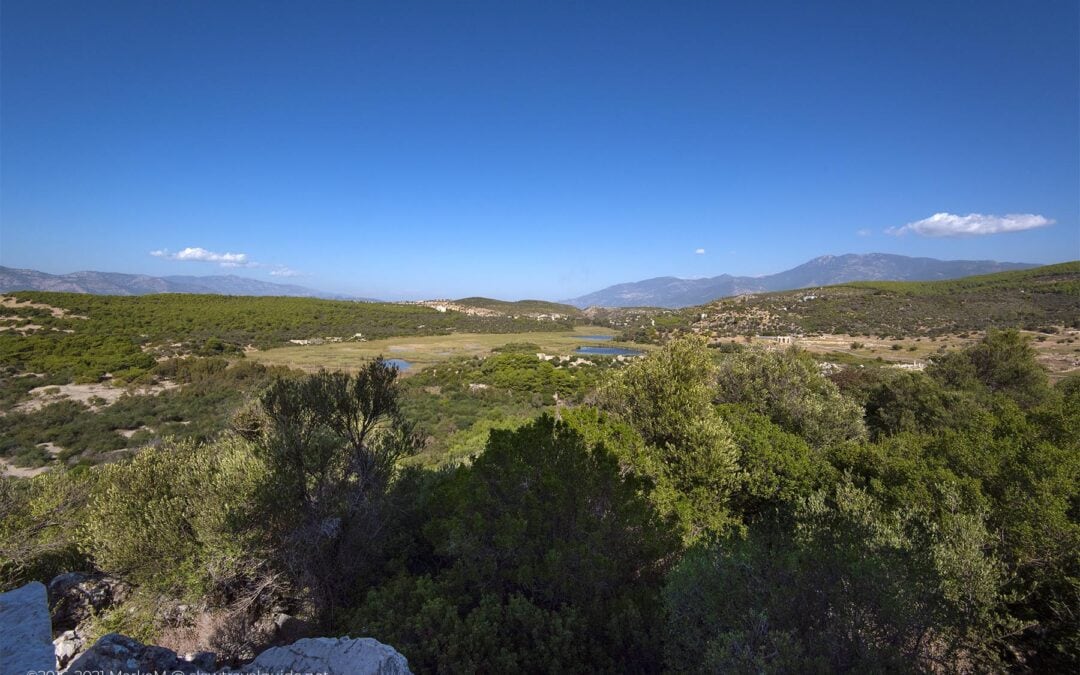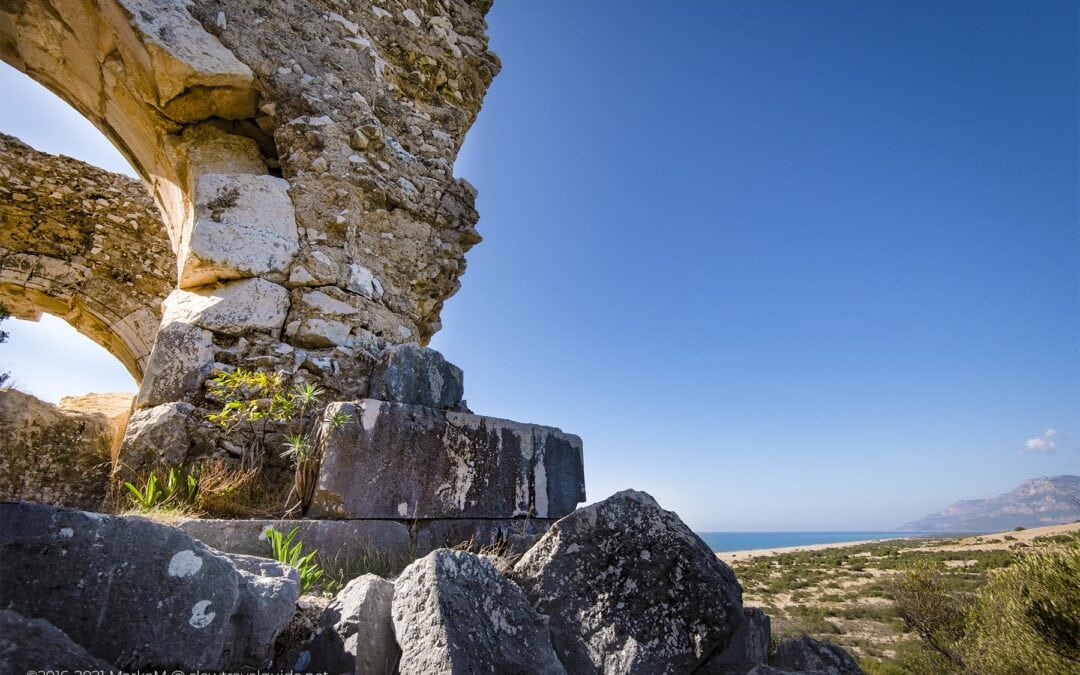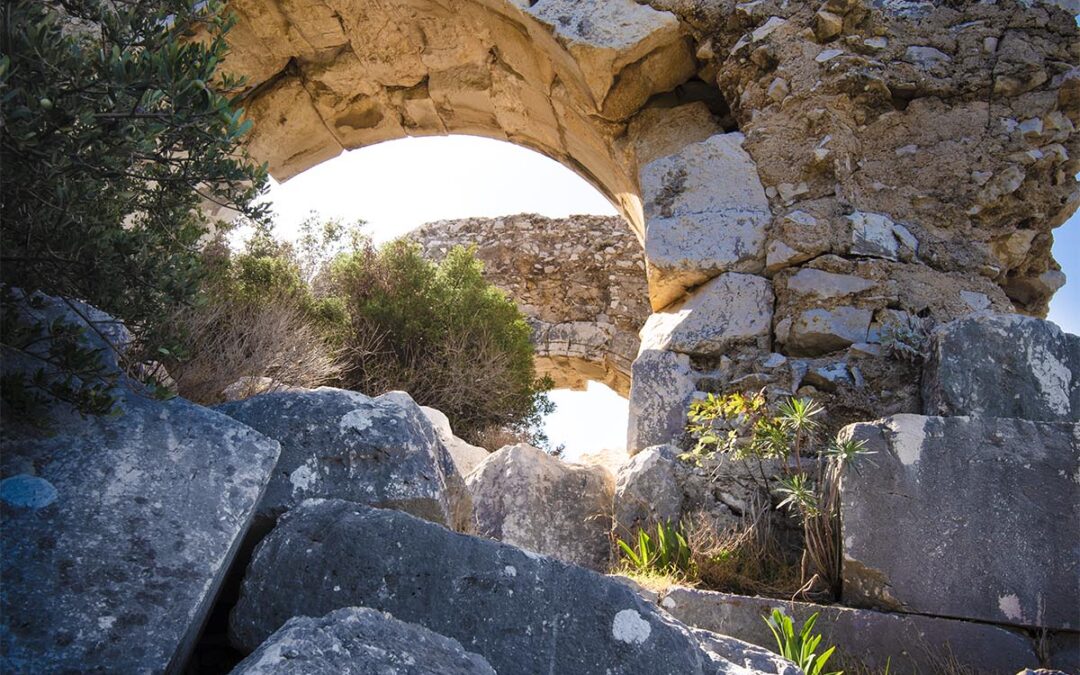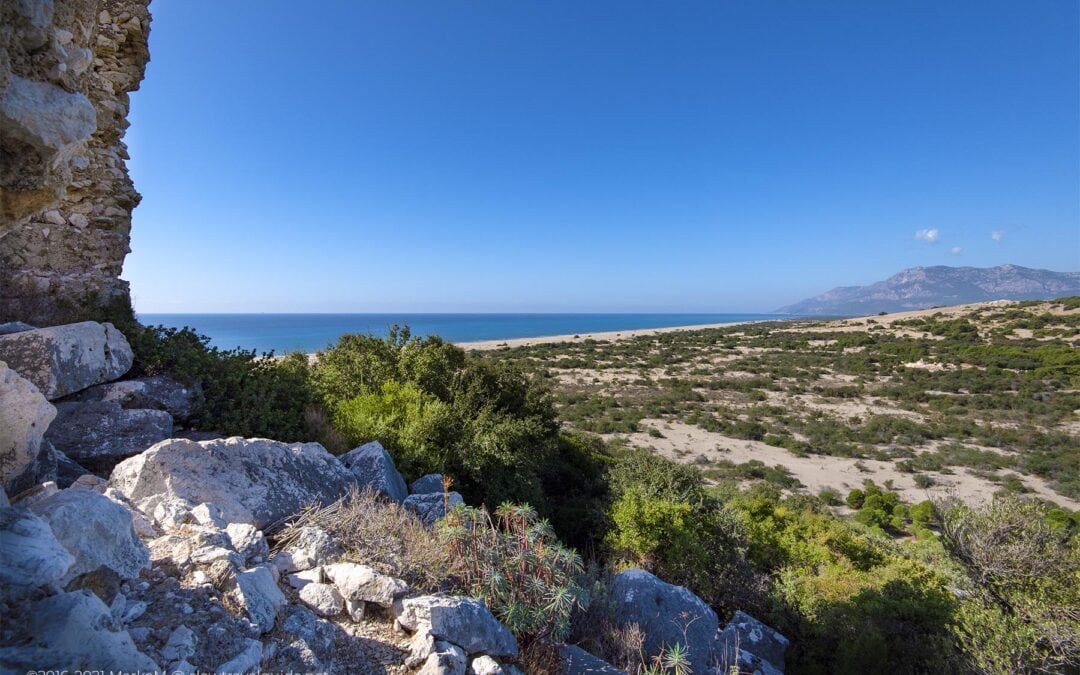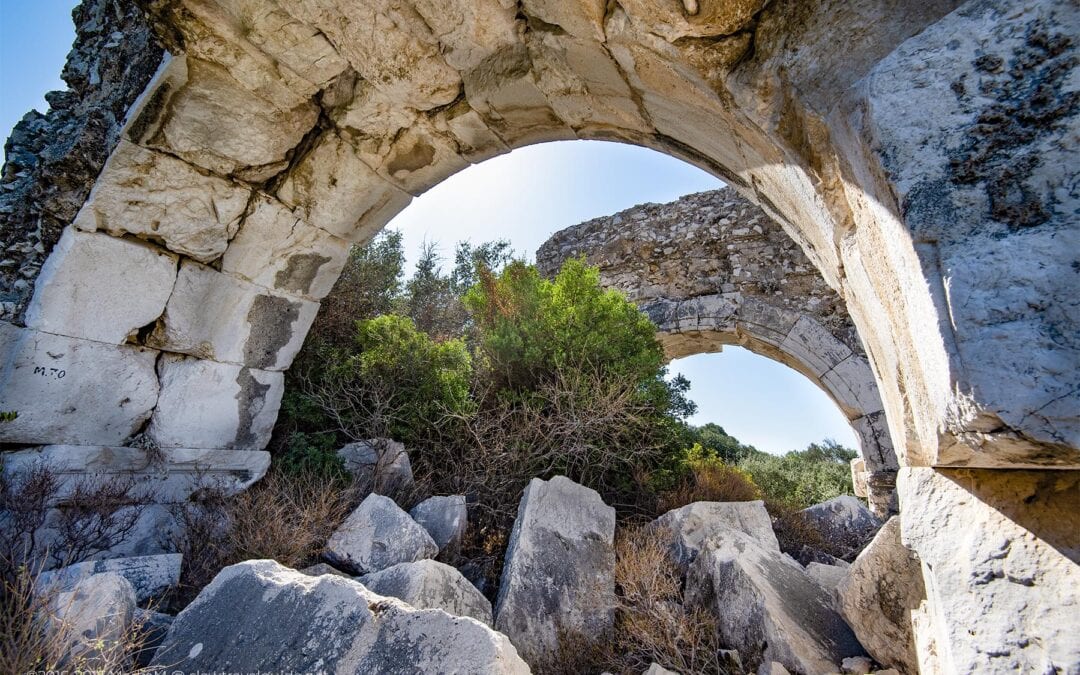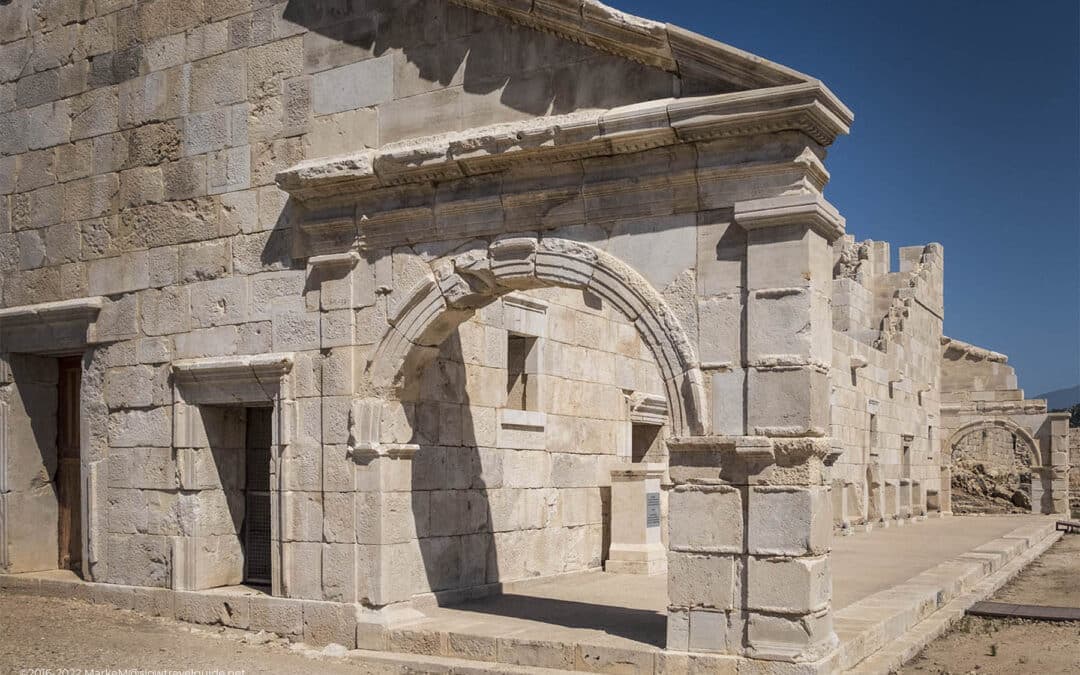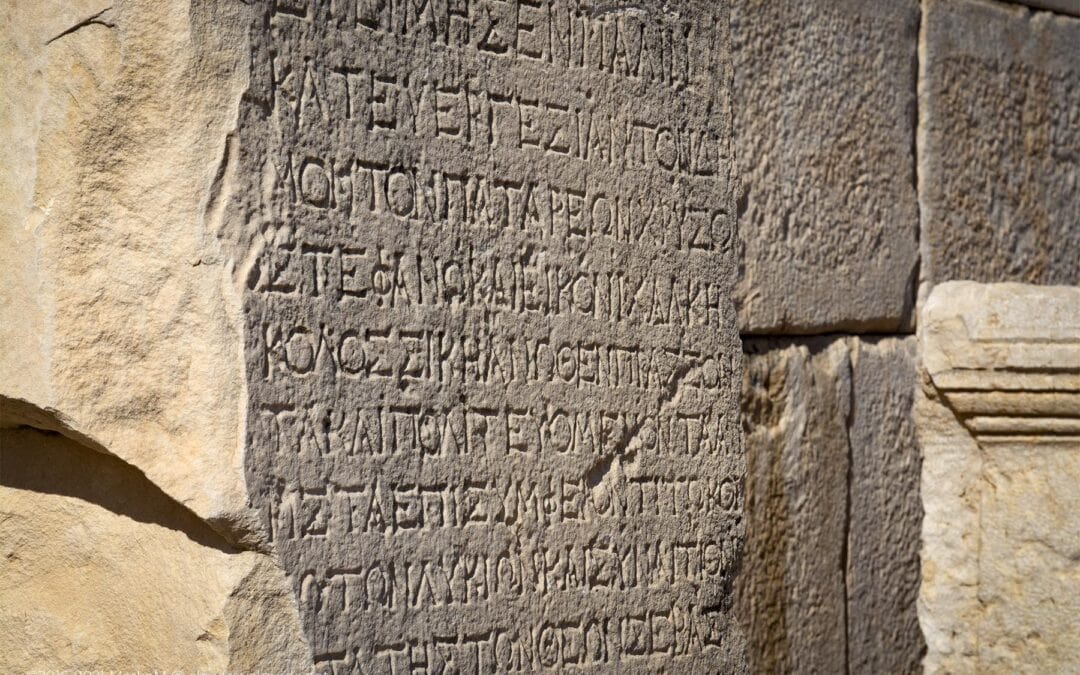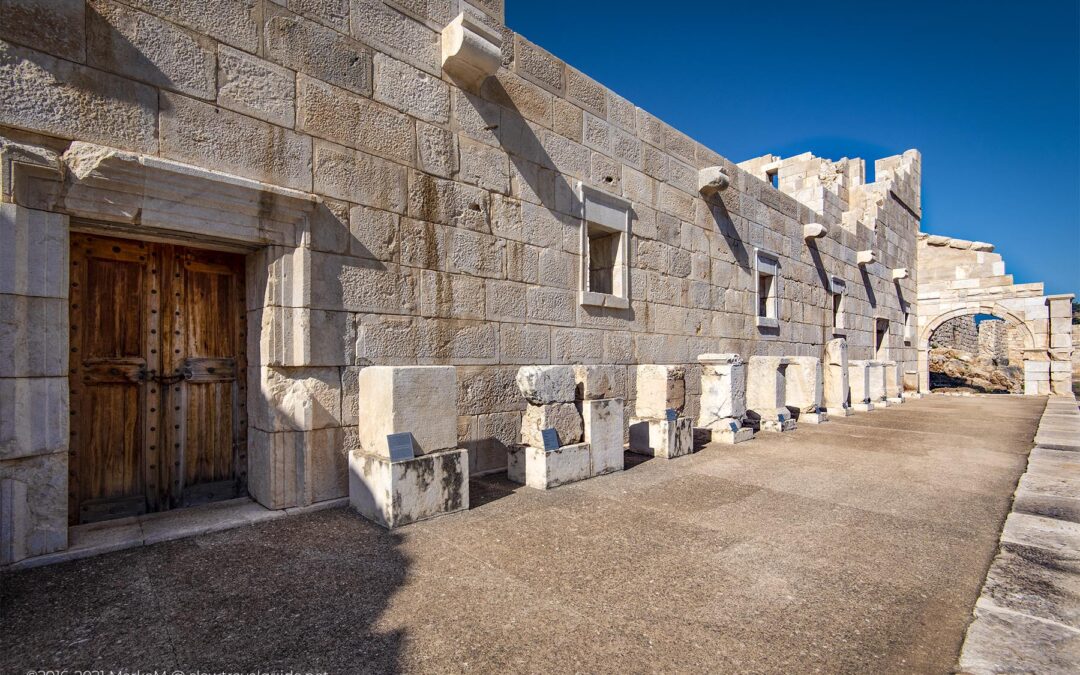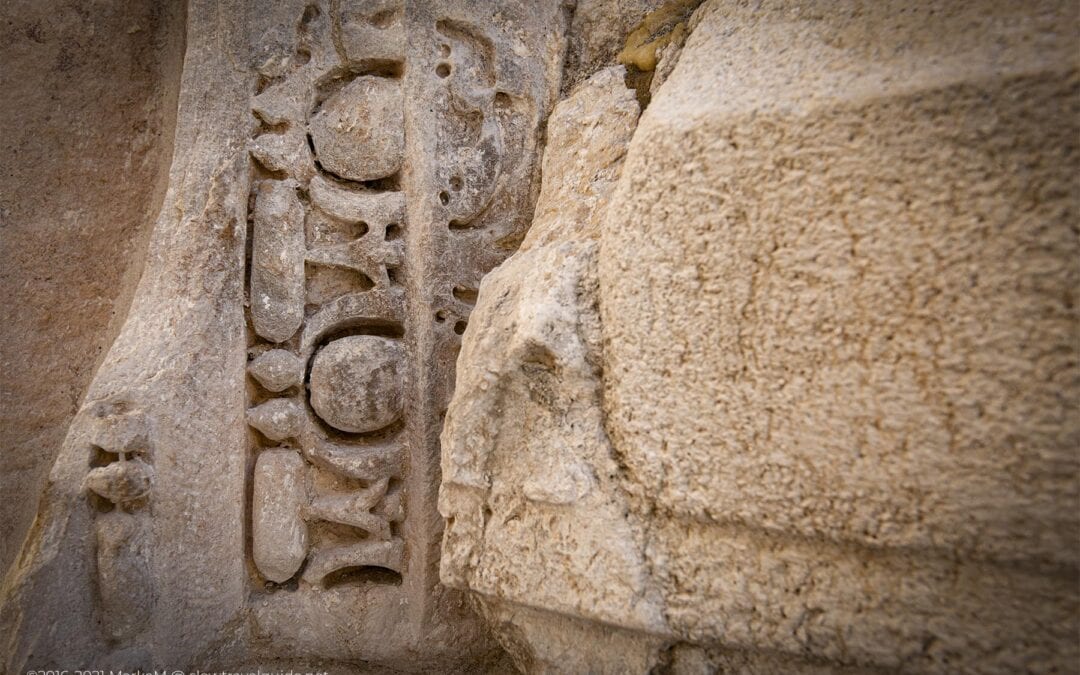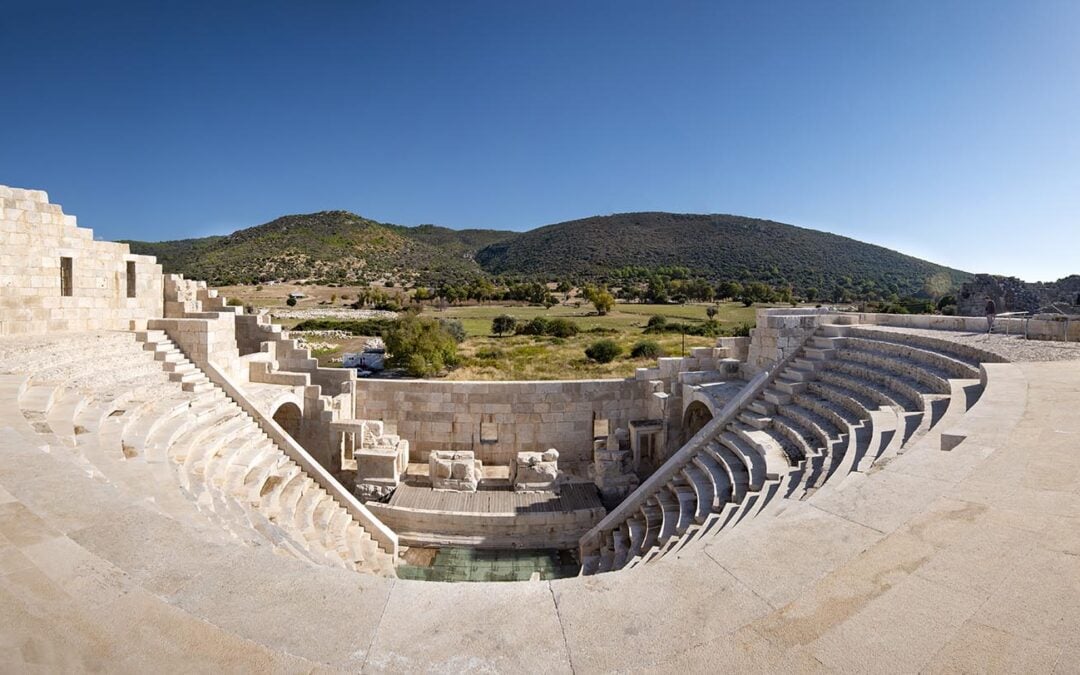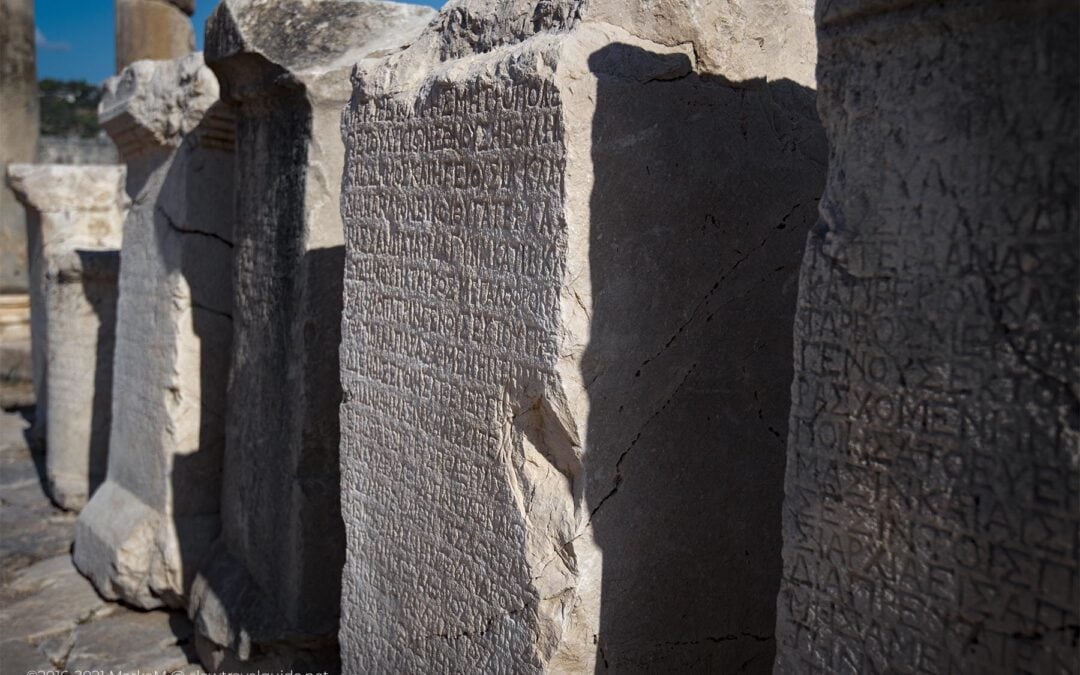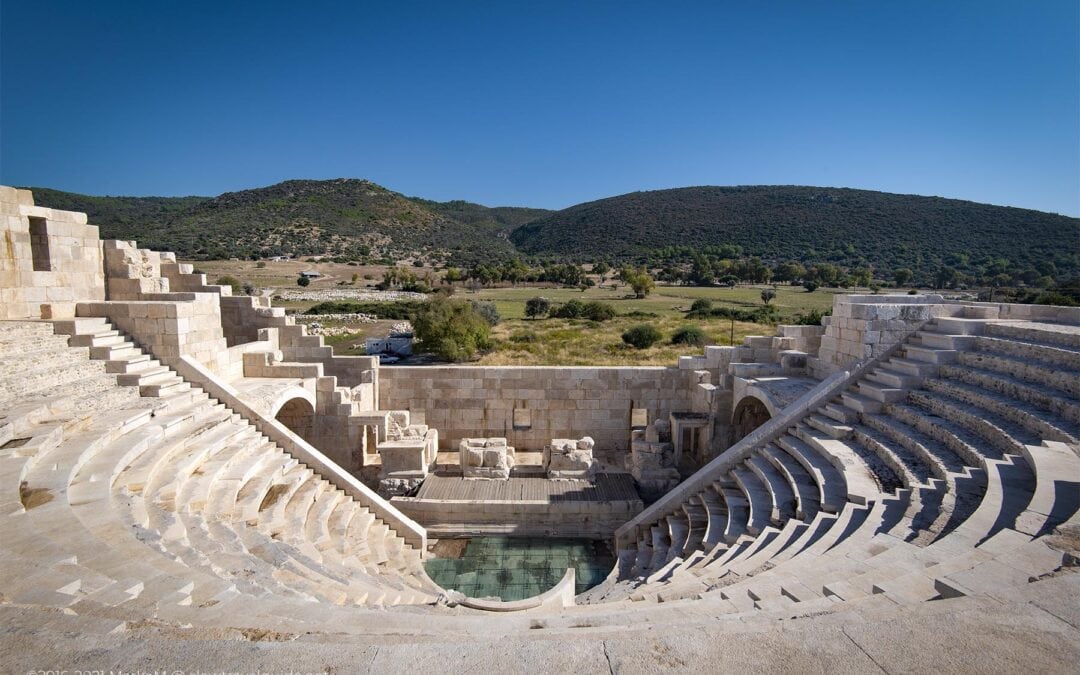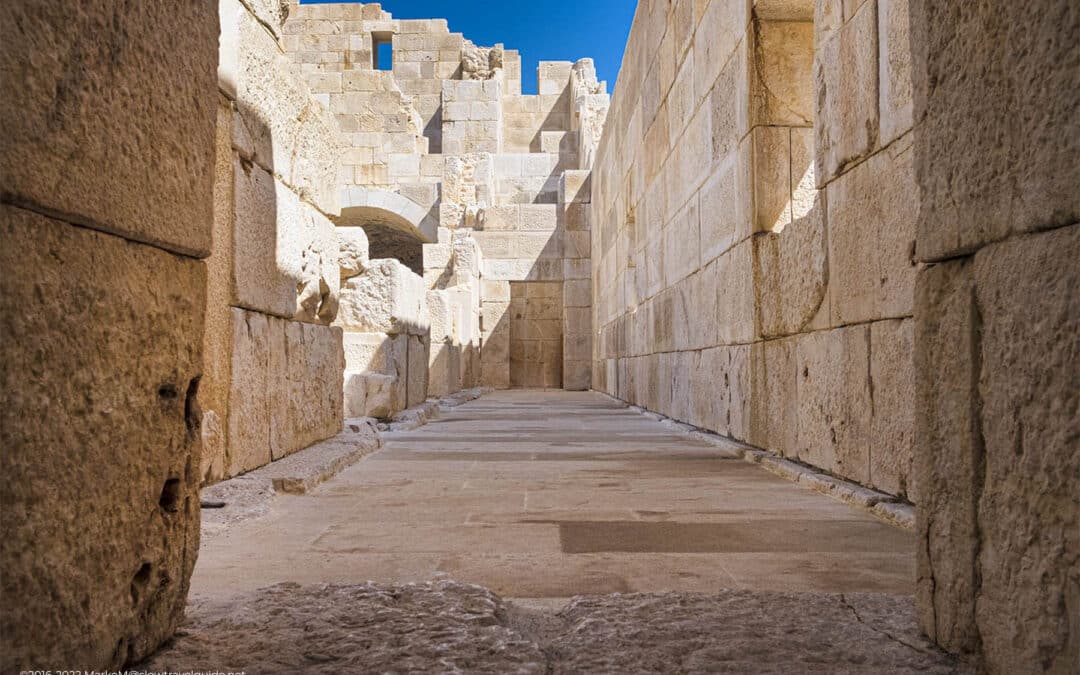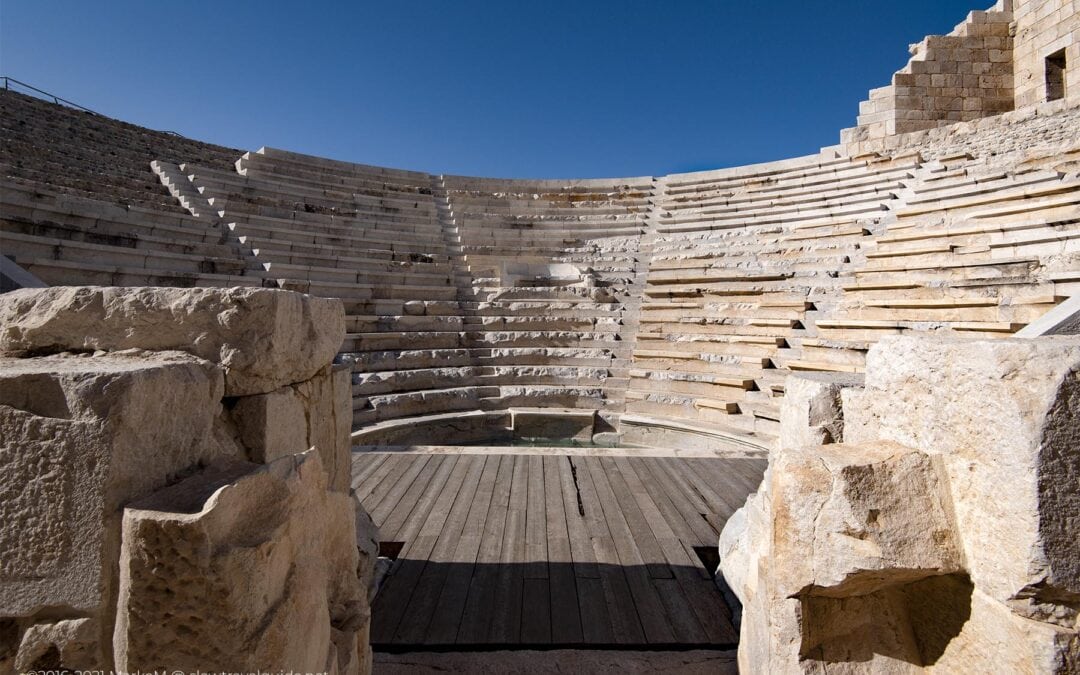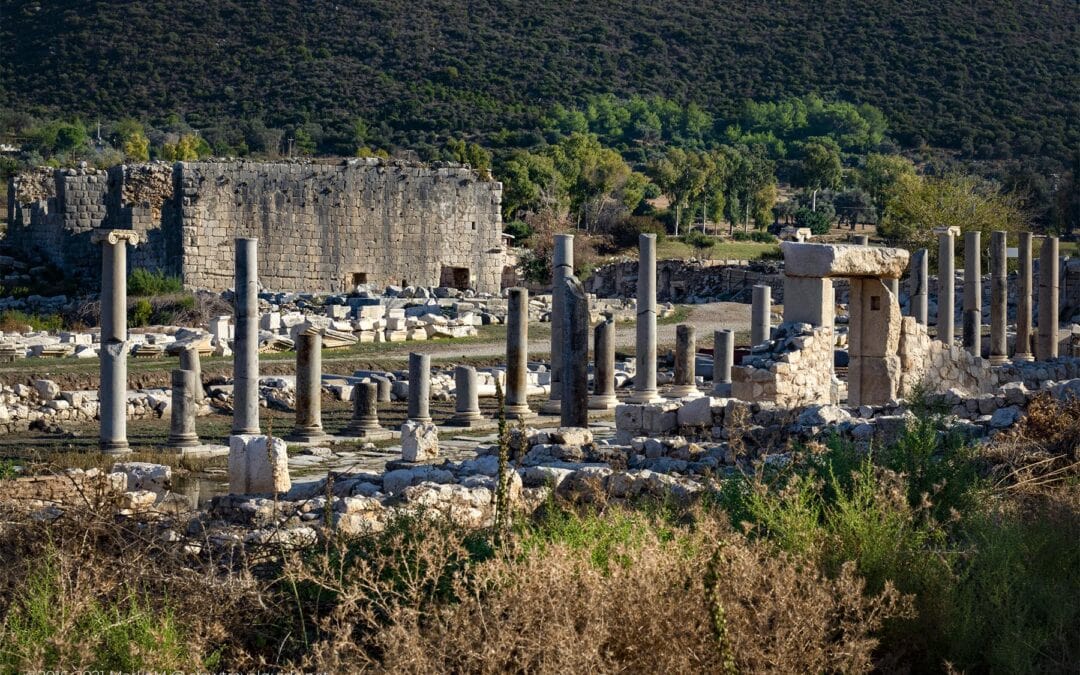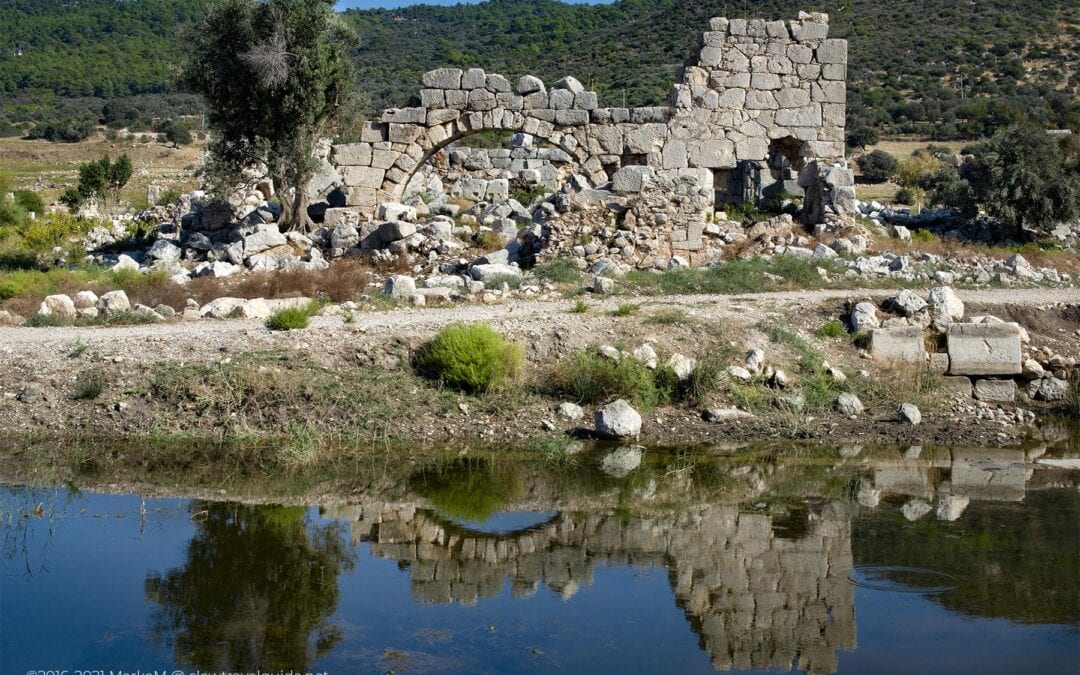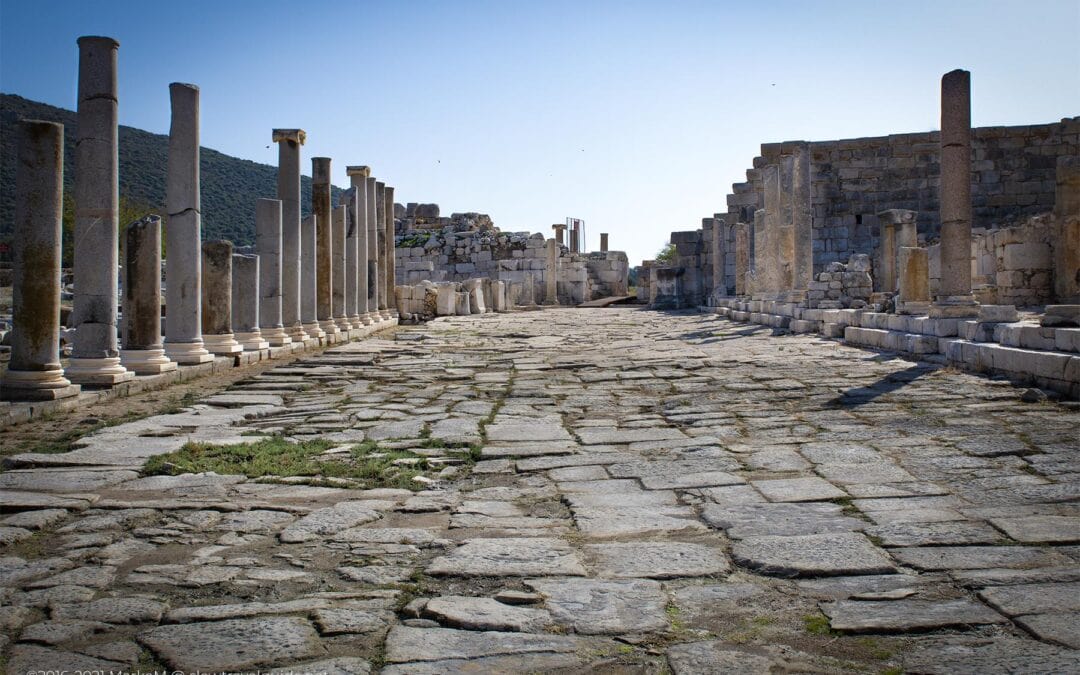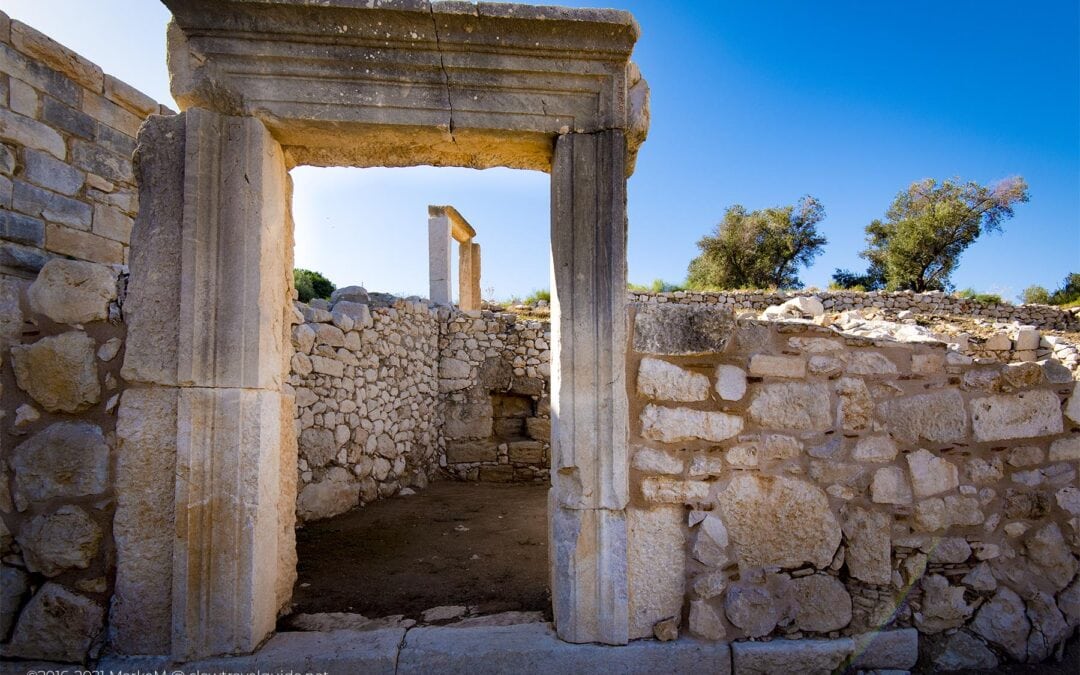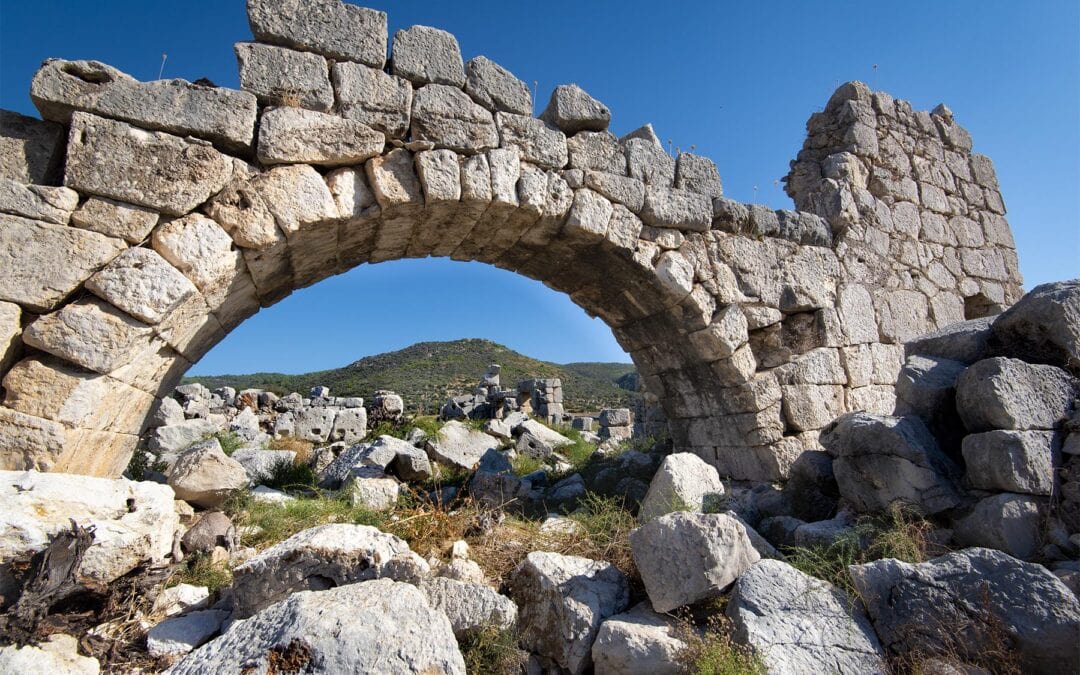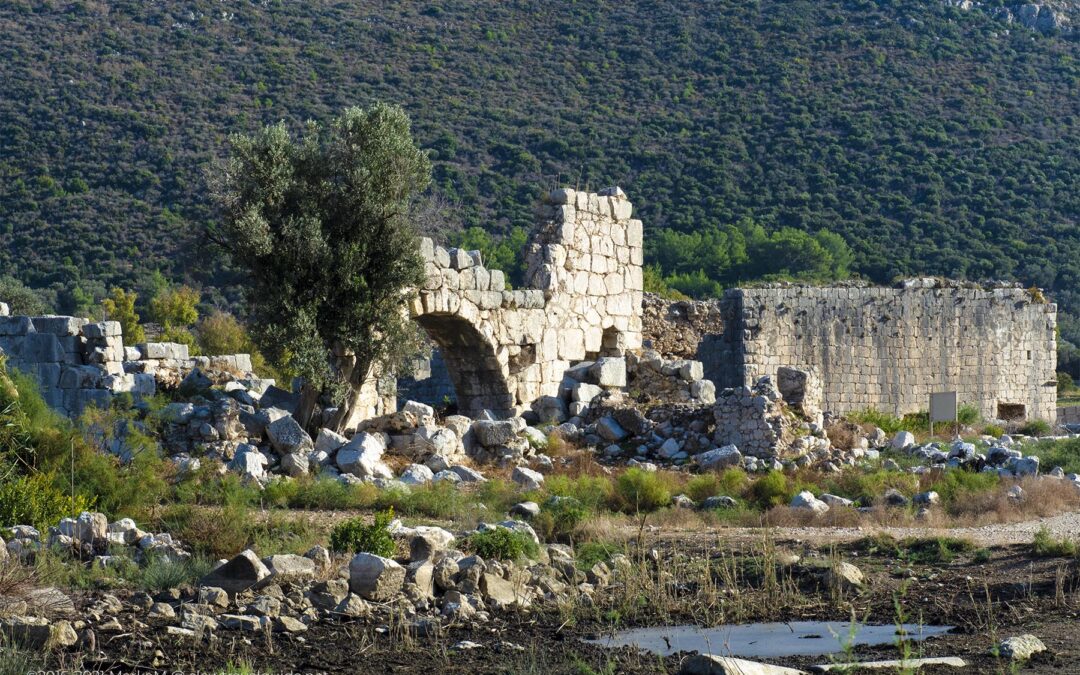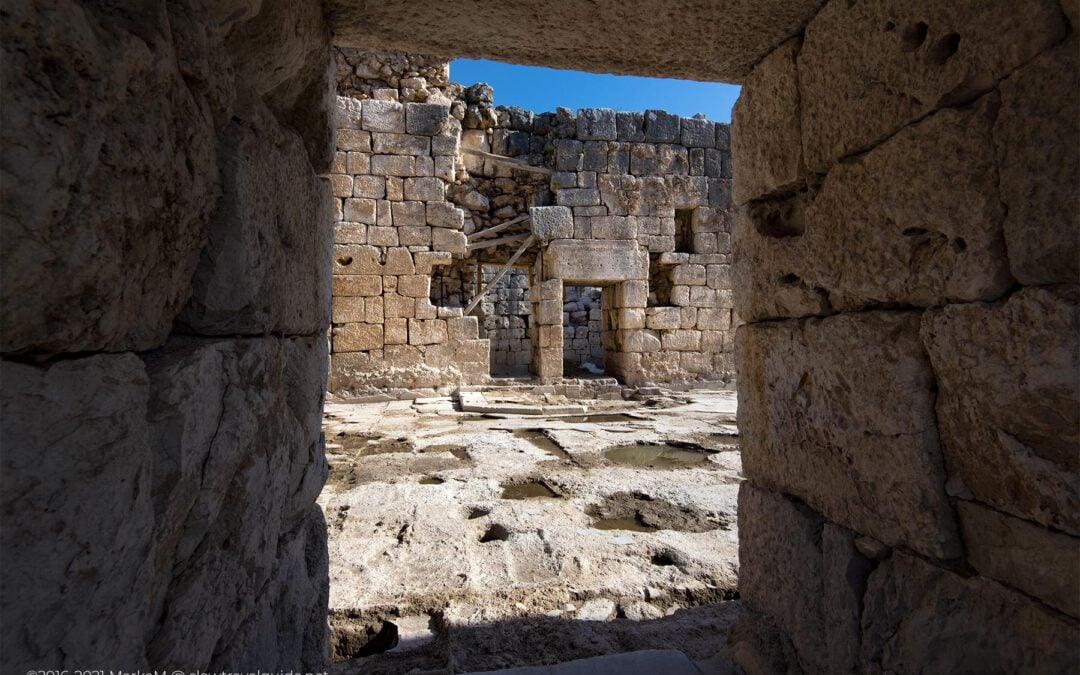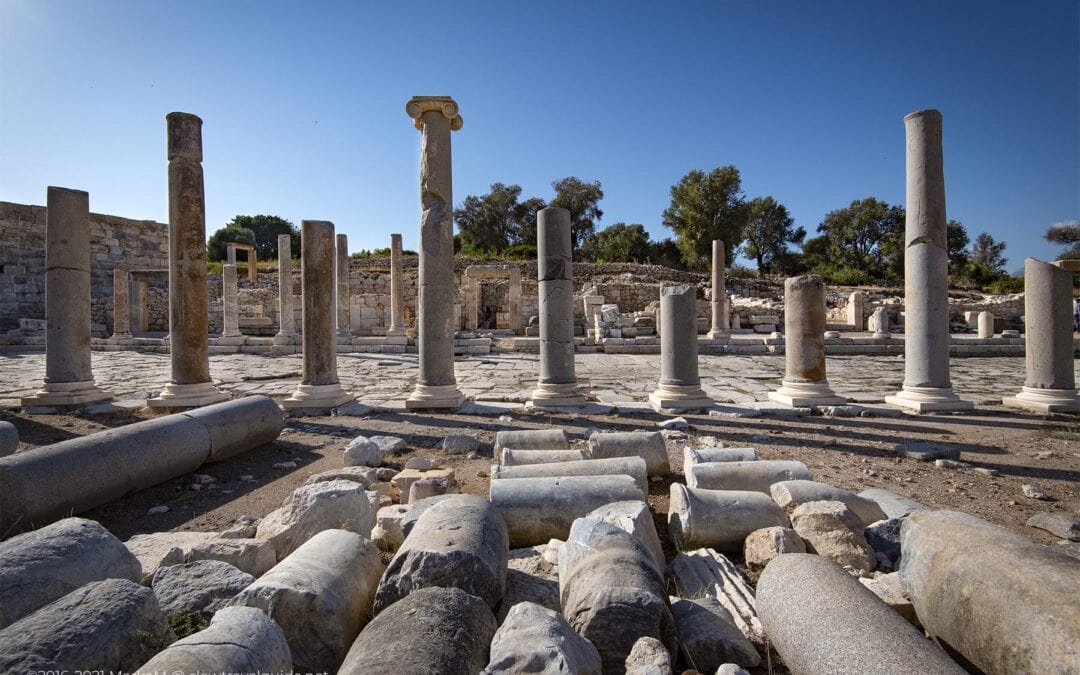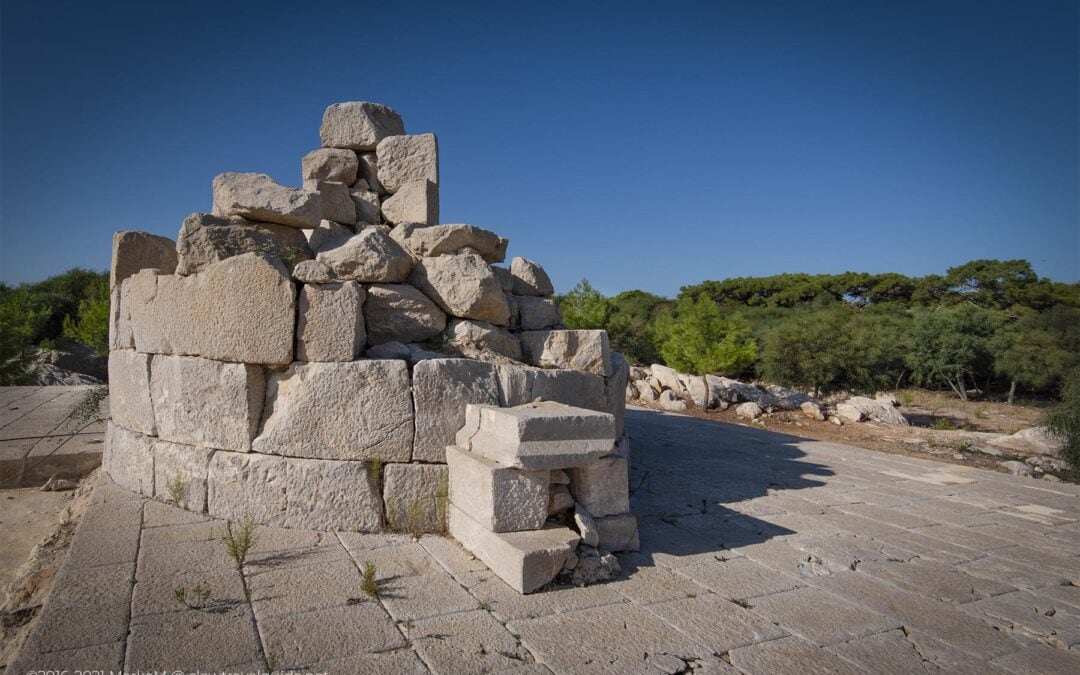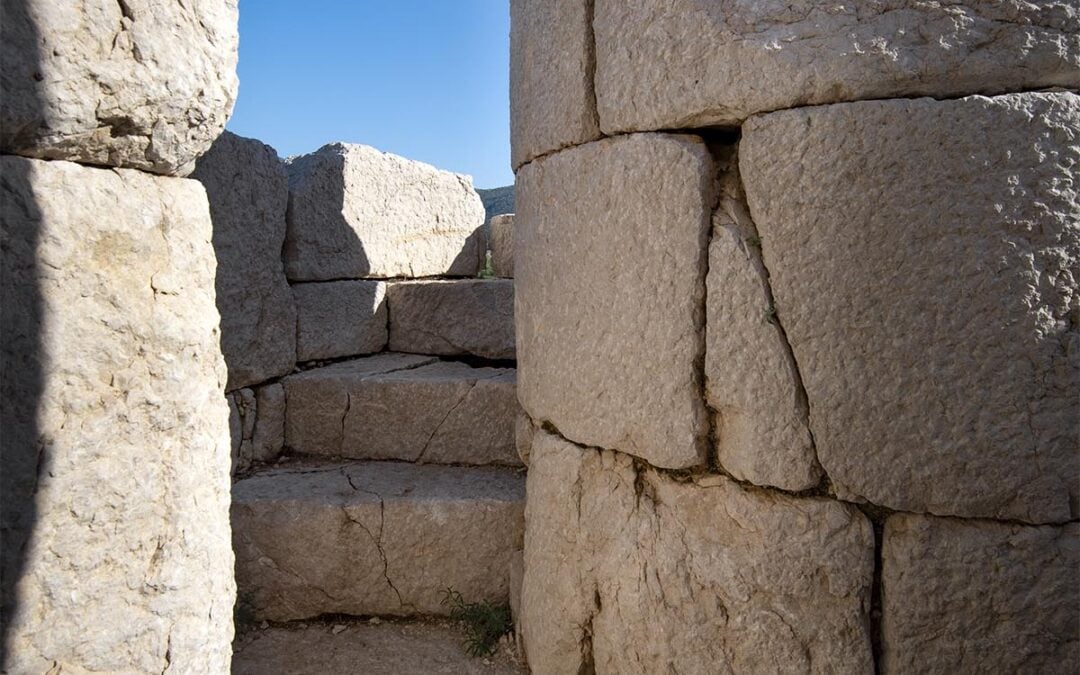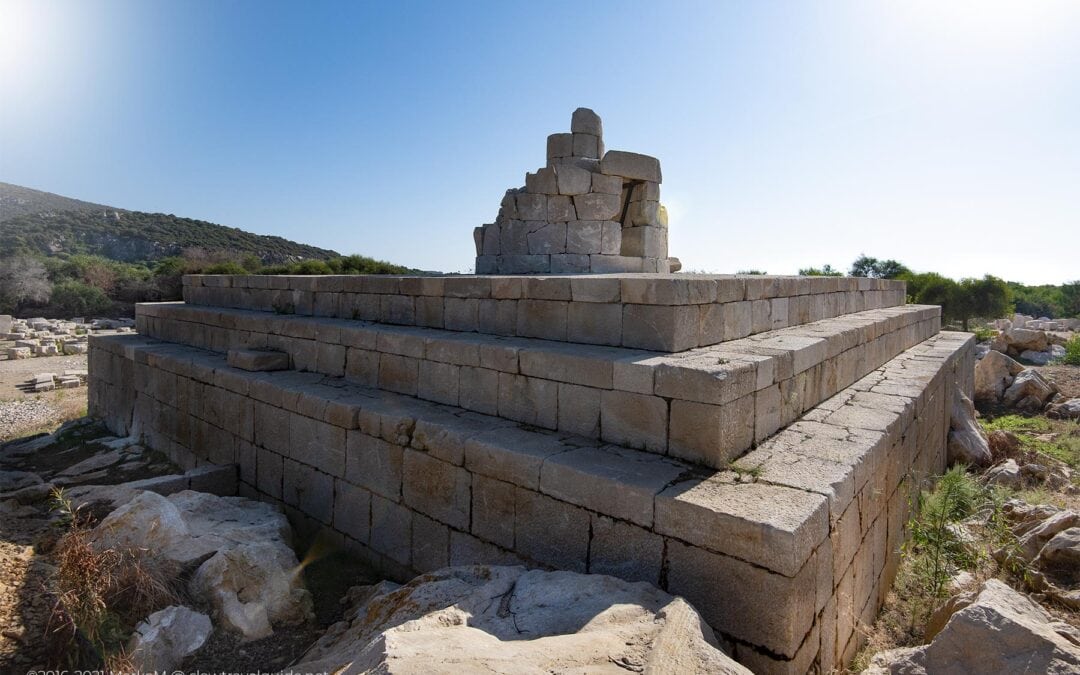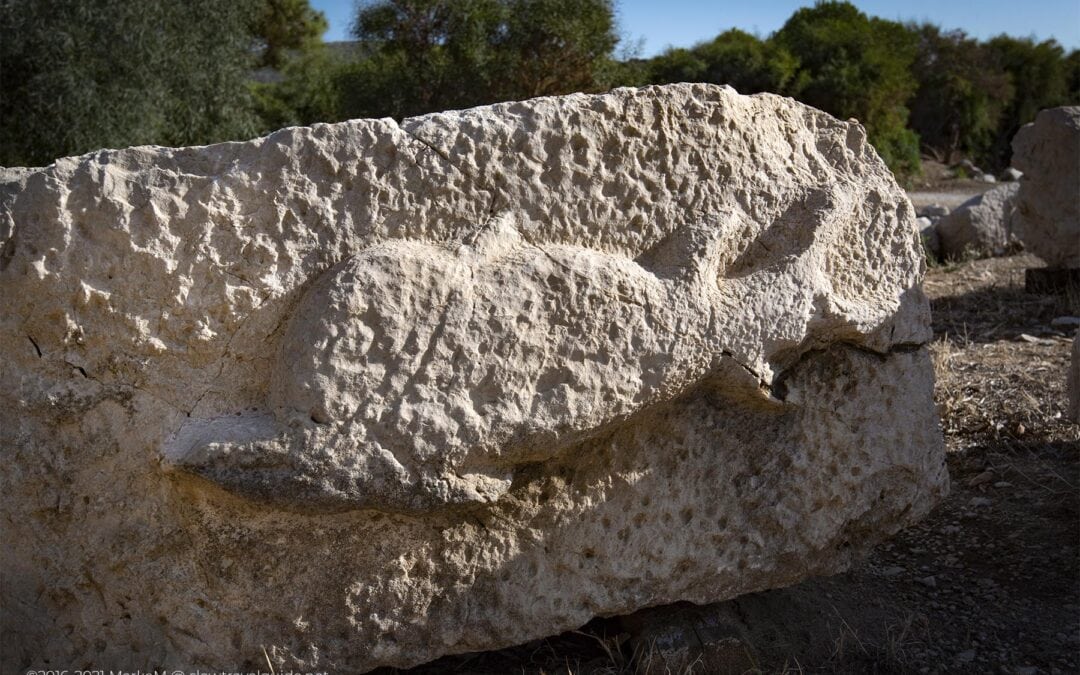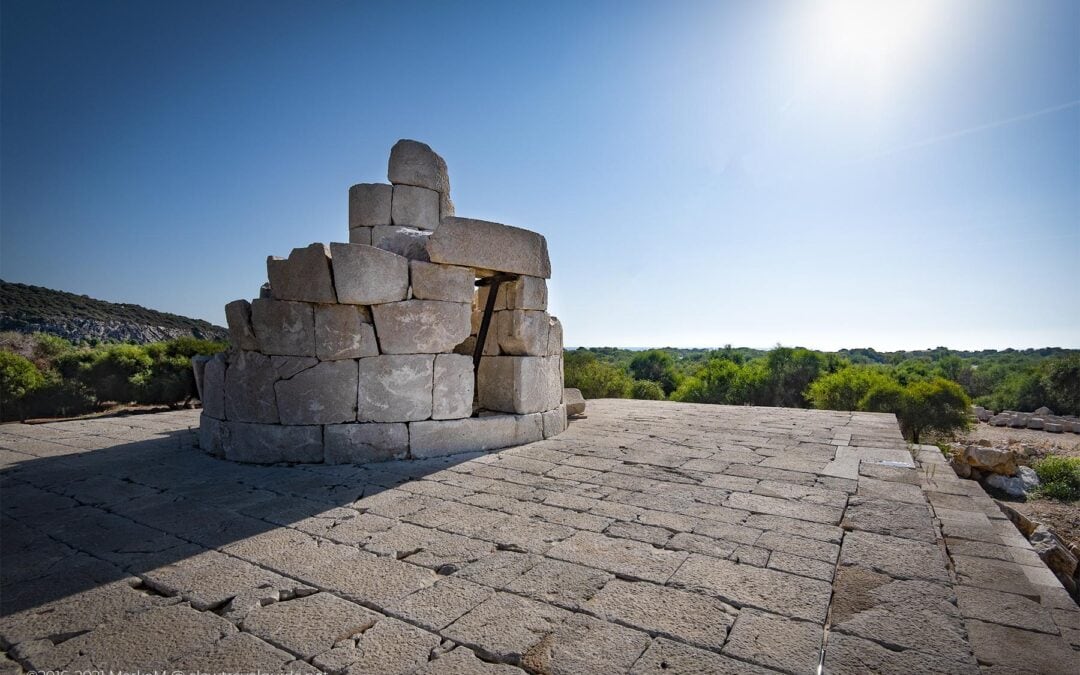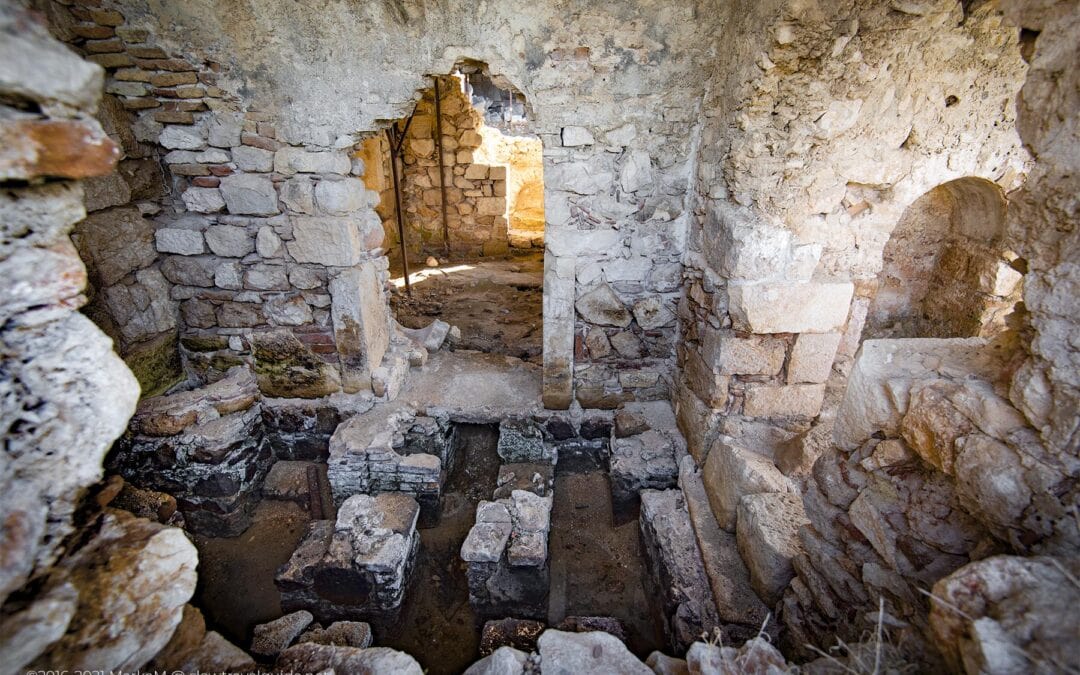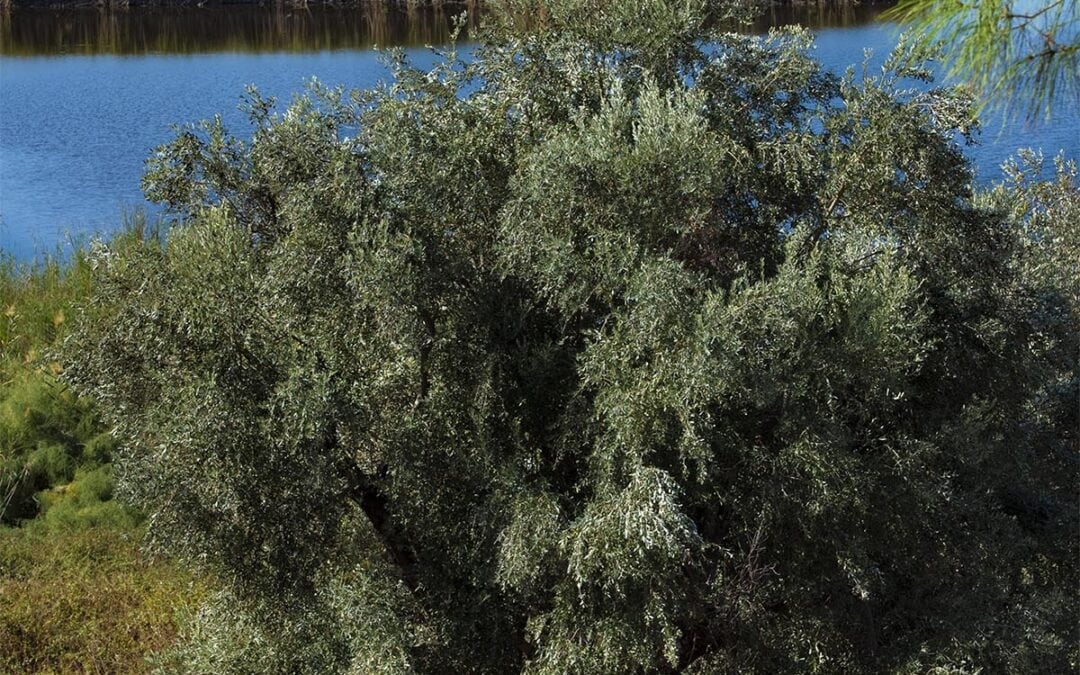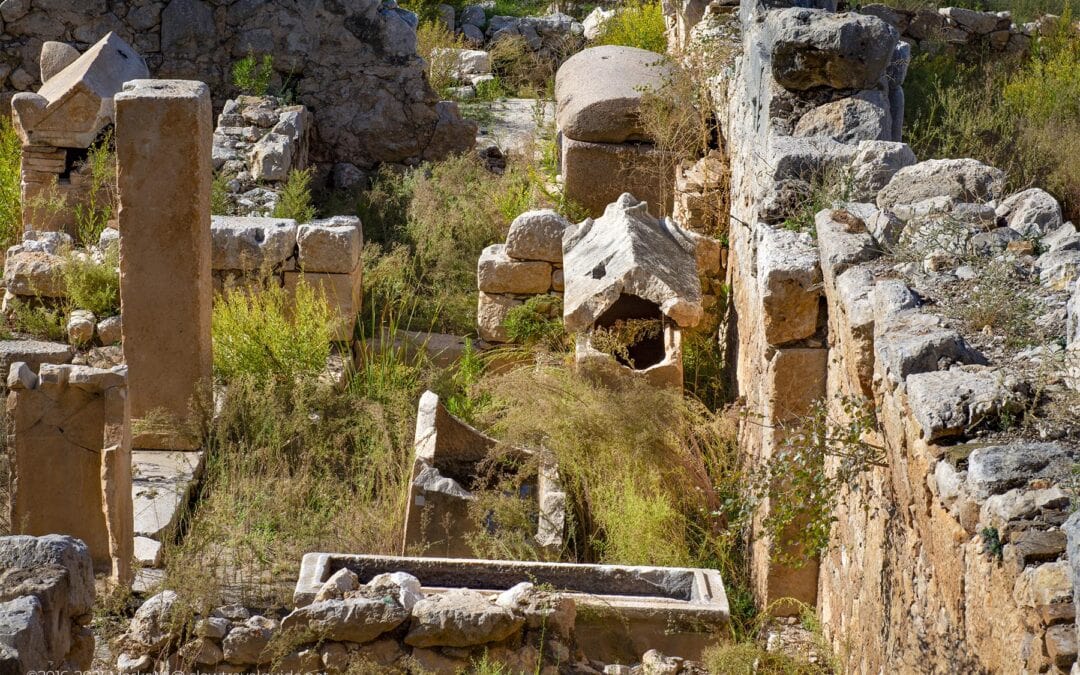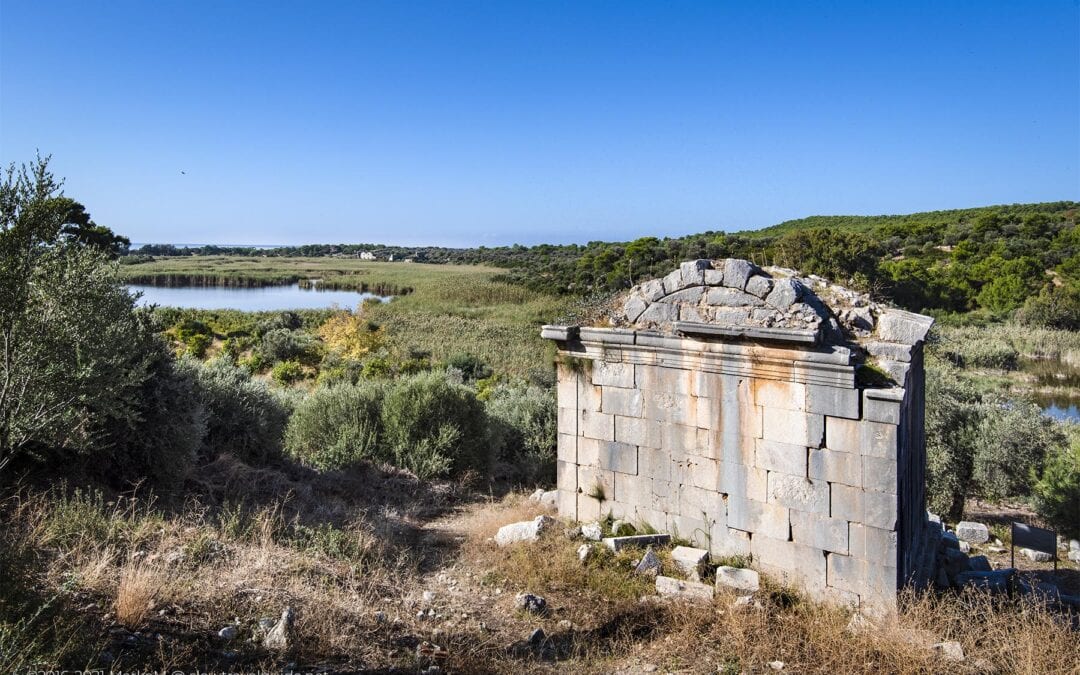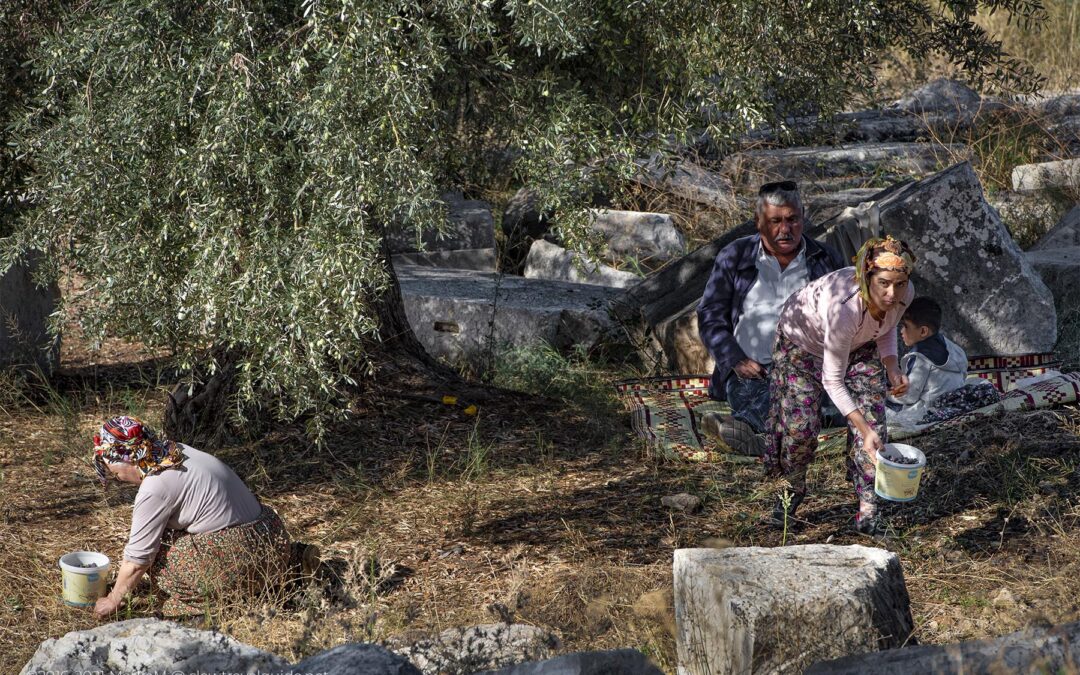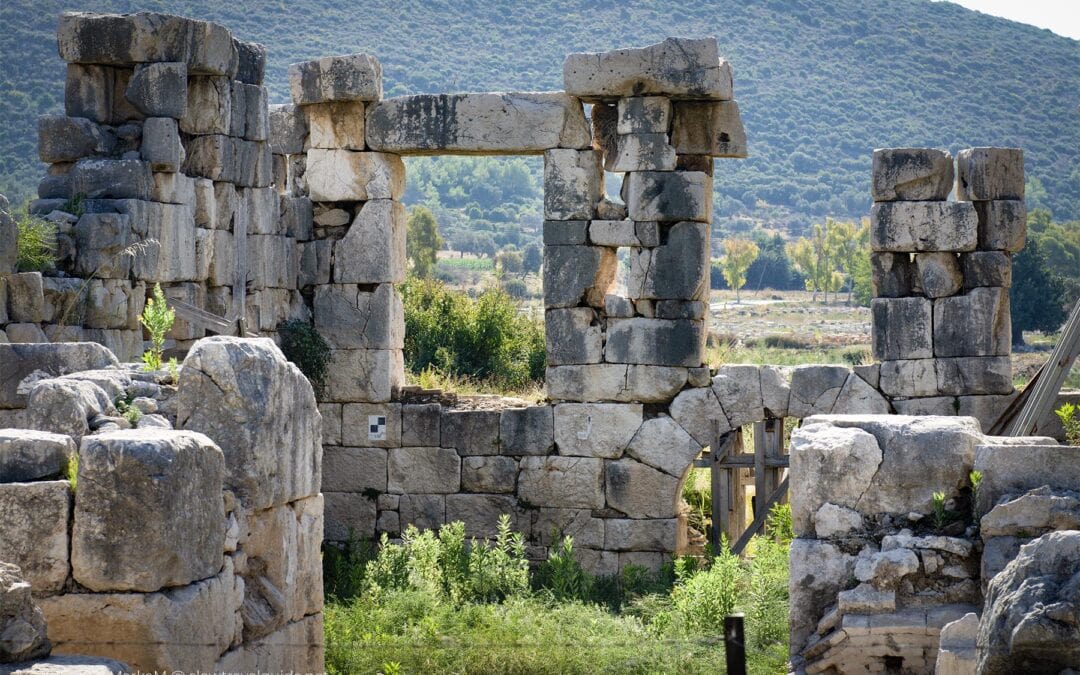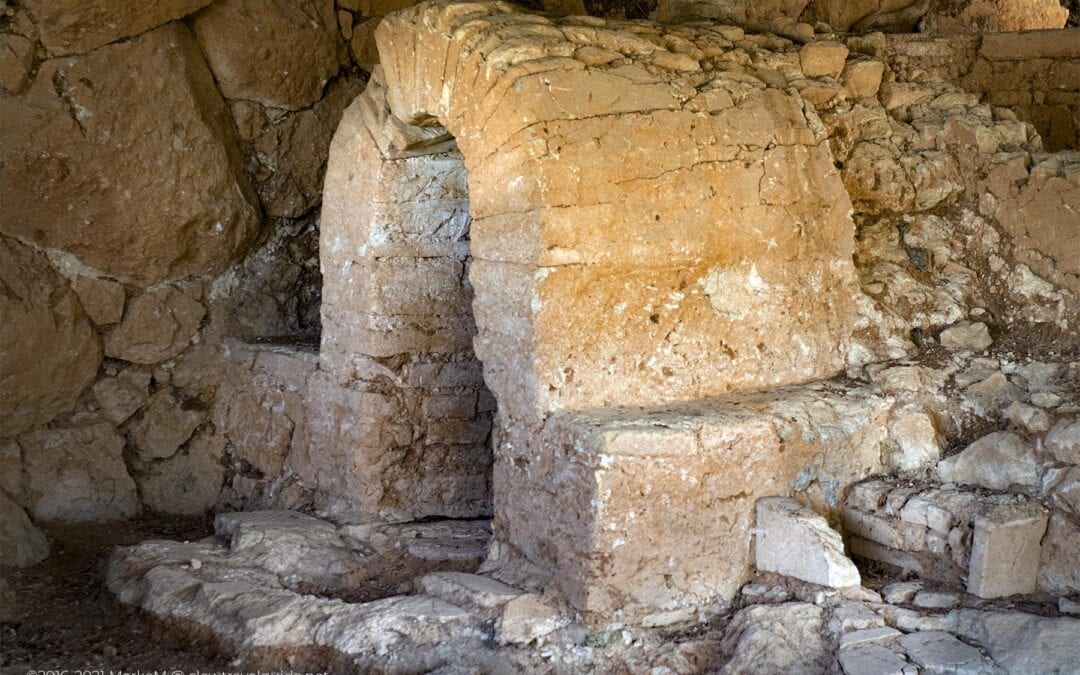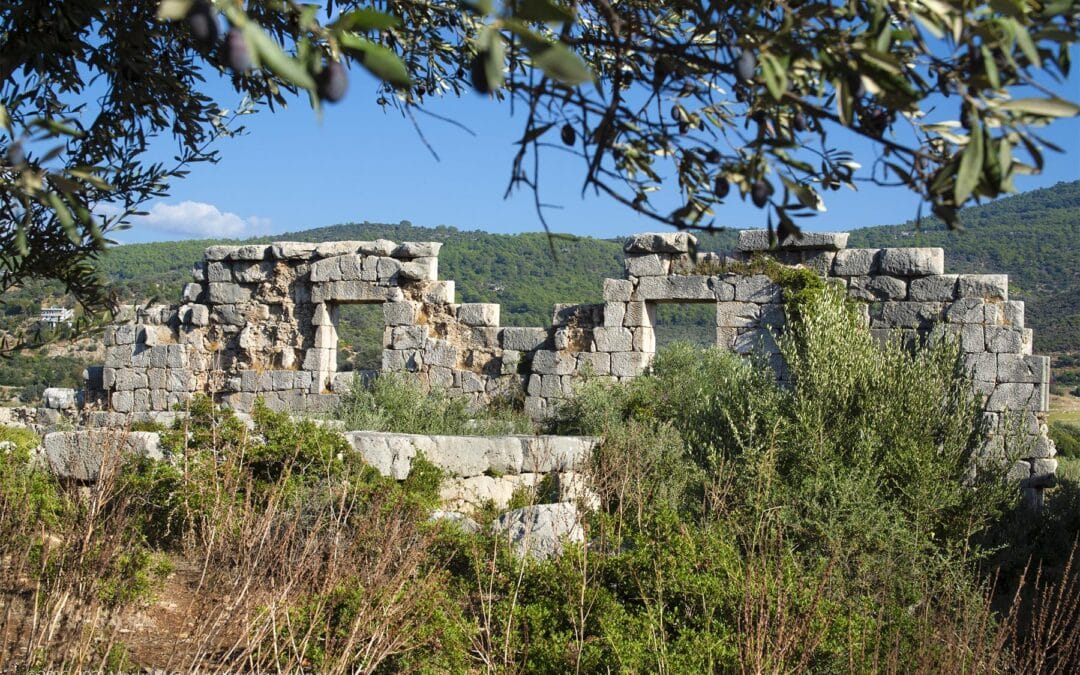Patara
Turkey’s Longest Beach With Its Own Ancient Site
By Slowtravelguide
Patara is the longest beach in Turkey. You can walk up to 12 kilometres along this sandy beach, with beautiful dunes in the background.
Patara Beach is a pleasure for those who like to walk or ride on the shore and sunbathers and swimmers looking for a natural beach, even in the high season. Never crowdy.
You’d think that this would alone be enough to visit Patara, but it wouldn’t be fair to your journey through the ancient city to reach the beach. This is where Patara Beach got its name, from the ancient city of Patara.
Arch Of Mettius Modestus And Sarcophagus
Patara Beach In All Its Glory
Most Authentic Form Of Beach Culture!
The phrase is written for Patara. Honestly, it’s hard to say which is the most impressive, the unspoiled beach or the adjoining ruins. There’s a good reason this beach is so pristine: it’s two times a protected area. The entire beach is protected due to the resident (and protected) loggerhead turtles and also because it is a category one archaeological site.
Prints In The Sand
Magical Sunsets At Patara Beach
That’s One Glorious Beach!
Gelemiş, the village behind Patara Beach, has not caught the attention of any travel agency. The entire atmosphere is understated, with local and family-run businesses offering charming accommodation and locally produced food. The only artificial objects on the beach are small wooden cafes by Belediye (the local government).
On top of that, you’re ready to head to 12 kilometres of pristine beaches.
New Life On The Beach
Archaeological Beauty: Ancient Patara
Why not take a cultural photo while you’re tanning? Take a walk around the Patara ruins. You can’t miss them because you have to drive past them to the beach. The setting here is spectacular, with dunes on one side, mountains behind and a lagoon for wildlife in the middle. You’ll immediately understand that Patara was once an influential city in Roman times. The partially restored ruins have a fascinating story to tell.
Patara is home to the theatre, several temple tombs, the parliament hall or Bouleuterion, the collonaded street, etc. The Main Street and Bouleuterion areas are inaccessible to most tourists, which is a shame. As you’ll see in this article, venturing further afield can yield some jaw-dropping rewards.
Patara Through
Patara is also where St. Nicholas was born. You probably know him as Santa. He later moved to Demre, where you can still visit his church.
As one of the six major cities of Lycia, Patara was rich in trade and prosperity.
Its attractive location and prosperity also caught the attention of Alexander the Great, who conquered it and established a substantial naval base on the far side of the city. The Roman governor appointed Patara as his administrative office, and also, in Roman times, the city became the capital of all the provinces of Lycia and Pamphylian.
The downfall off Patara begins somewhere in late Roman Time. Patara has been shrinking in size and importance over the centuries. When the port finally silts up, it means the end of Patara is near. The splendid building fell into disrepair and was eventually buried in the sand.
Fortunately, the excavations of Patara have revealed several of its magnificent buildings and structures, some of which have been meticulously restored. Join us in Patara.
Arch Of Mettius Modestus With Sarcophagus In The Foreground
Arch Of METTIUS MODESTUS
Upon arriving in Patara, the first landmark you will notice is the Arch of Medius Modestus. This three-vaulted triumphal arch has become a symbol of Patara.
The Arch is a massive 10m high structure consisting of three arches, built by the people of Patara in memory of Mettius Modestus, governor of Lycia and Pamphylia. Near the arch, you will notice a cemetery, most of which are Lycian sarcophagi. About 50m south of the arch is the remains of the Octagonal Pond, which was in use from the 1st to the 4th century AD.
Arch Of Mettius Modestus And The Octagonal Pool In Front Of It
The Theatre Is Fairly Well Preserved And Offers Great Views
The Theatre
The Patara Theater was built in the 2nd or 1st century BC and is located on the northern slope of Kurşunlutepe Hill. It has a semi-circular seating area of n 80m and can accommodate 6.000 people in 38 rows. In the top row of the theatre is a Temple dedicated to the Imperial Cult.
The impressive stage building or Skene is 41,50 m long and 6,50 m high. A monumental inscription on the northwest side of the skene wall indicates that Quintus Velius Titianus financed the construction of the entire skene.
He also paid for the 11th row of seats (and possibly the 11th Cercis) in the upper part of the cave (suma Cavea), as well as the tent (velum) above the cave and perhaps other curtains. The inscription also states that his daughter Velia Procla completed the renovation and decorated the theatre with sculptures and marble inlays dedicated to Emperor Antony Pius and several gods.
Kurşunlutepe And Its Temple Tomb
If you go up after visiting the theatre, you can walk to the top of Kurşunlutepe hill, where you can enjoy a magnificent view of the area. There are also the remains of a temple tomb dating back to the early days of the Roman Empire on that hilltop. Although it is in a very dilapidated state, its location suggests that it was the burial ground of a very distinguished citizen.
The Impressive Bouleuterion
The Bouleuterion
The Councillor Great Hall of the Lycian League was built in the early 1st century BC. Several changes were made to the original structure over time.
The cave or seating area was enlarged during the Roman Emperor Claudius or Emperor Nero’s reign.
Checking Out The Scenery From One Of The Bouleuterion’s Windows
Vip Seats In The Bouleuterion
Later, after the big earthquake, a colonnade was added, and a stage building inside. Later, the building was also used as a concert hall. Bouleuterion can accommodate up to 1.400 people in 21 rows. Governors have a dedicated seating area in the centre, called the courtroom. The restored building is one of Patara’s highlights!
Bouleuterion Arch With Main Street In The Background
The Collonaded Main Street
The Collonaded Main Street
Collonaded Main Street connects the Inner Harbor with Agora in front of the Bouleuterion. The street has granite columns on one side and marble columns on the other. The absence of wheel markings indicates that pedestrians may only use the street. The street was completely flooded after it collapsed due to successive earthquakes. Even today, most of the 100 m excavated are usually submerged.
On one side of the street, you can still see the ruins of the shop. On the other side are the ruins of the Central Baths and the Baths of Nero-Vespasianus, both inaccessible due to excavation work.
What To Expect
How to get there: Private, rental car or public transport from Kaş or Kalkan (check the map below).
Nearest Airport: Dalaman Airport.
Parking: Yes.
Terrain: Easy.
Stroller: No.
Income: A small fee.
Facilities: A little shop.
Best Time To Visit: All year, depending on the weather.
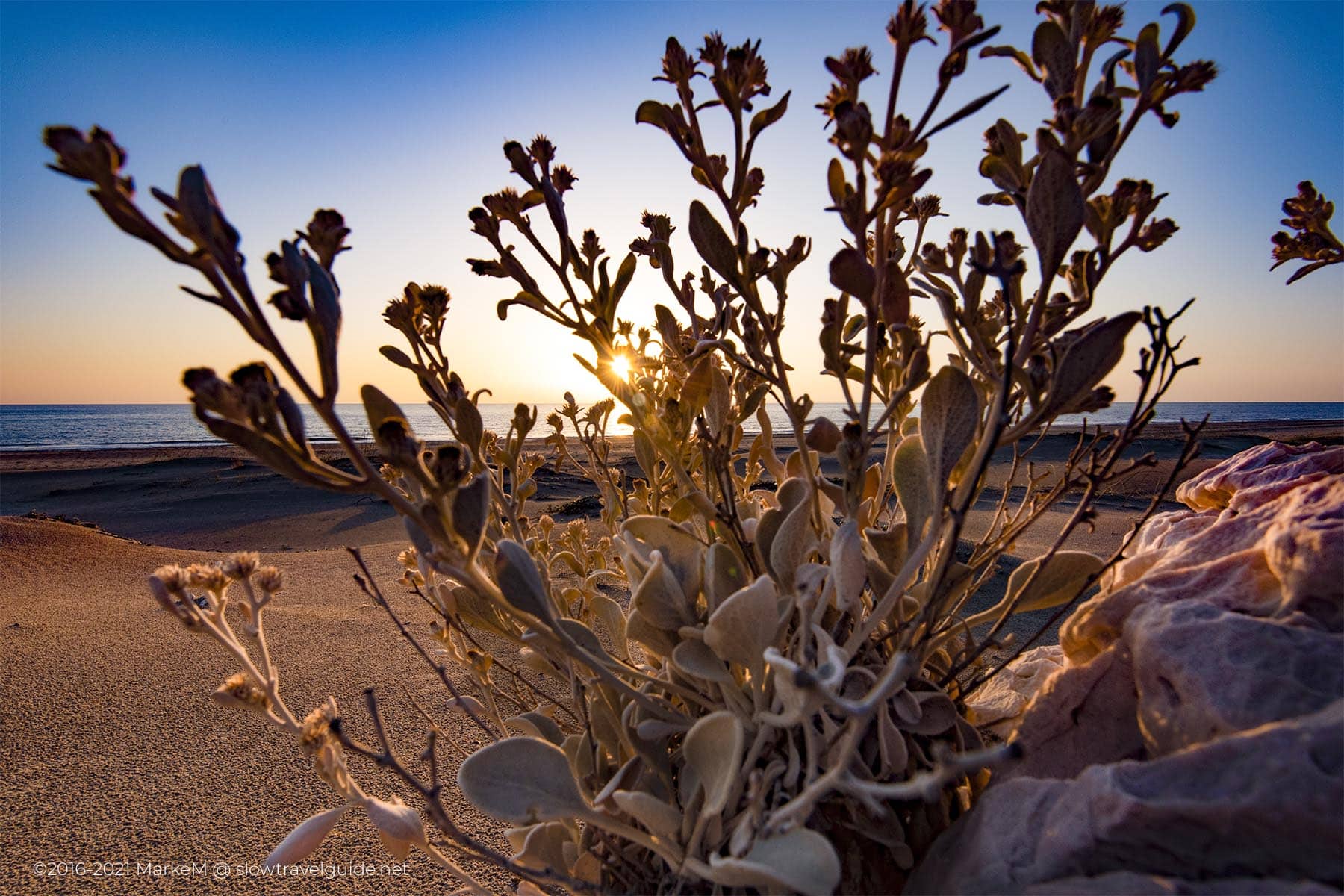
Inside The Partly Restored Lighthouse At Patara
The Lighthouse
As an important seaport city, Patara also has a lighthouse. It is considered the oldest globally as it is around 2000 years old. Built around 60 AD, the lighthouse is about 16 to 20 m high. Researchers support the theory that the lighthouse was destroyed in the tsunami. The fact that the lighthouse stones were all found on the same side supports this theory.
Scientists say earthquakes can cause rocks to be scattered all over the place. Today, not many lighthouses still stand, but there are plans to restore them. Even so, it’s a fascinating structure.
Prostylos Temple At Patara
Prostylos Temple and Seljuk Baths
Among the bushes of Patara stands a genuinely magnificent and well-preserved temple. The Temple of Prostylos is probably the best-preserved temple of its kind in Lycia. The temple is raised on a 1,5 m and measures 12,8 x 9,7 m. You enter the chapel through a luxurious gate of 6,6 m high, now supported by scaffolding. The temple dates back to the 2nd century AD, and it is not known to whom it was dedicated. Next to the Temple of Prostylos, you will find the ruins of the Seljuk Baths.
Patara’s Only Temple Tomb With Its Original Vault Preserved
More Interesting Patara Ruins
Patara is very stretched, and every corner of the old city seems to have been ruined. You will also see a rather large building, a former granary. Next to it is another temple tomb, the pseudo-peripheral temple tomb. Even before you enter the actual site, you’ll come across several necropoleis, temple tombs, ceramic furnaces and harbour baths, to name a few.
Practical Information
Patara is one of the few places in Turkey that combines the most idyllic beach life with impressive ancient ruins. It’s a glorious place in every way. Of course, Phaselis or Teos are also beaches with ancient ruins. Still, Patara’s beaches and ancient city are incomparable in size.
The beach is closed until 8:30 am after sunset. Beaches and ancient ruins will charge you a small entrance fee.
Next to the harbour baths are the Palm Grove of Leto. An oasis of lush green palm trees and the stories that come with it. Legend has it that the god Apollo was the son of Leto and Zeus. In Hera’s jealous wrath, Leto had to find a place to give birth to Apollo and Artemis, spelling all the lands to avoid her. Birth pain hits her when she finally finds an island unconnected to the ocean floor. With his arms around a palm tree, Leto knelt on the soft grass, the earth laughing below. That’s when Apollo was born.
Ancient sources mention Delos as a location. Nonetheless, modern literature today admits that the rocky island of Delos does not fit the description, while the palm groves of Patara fit all the criteria.
If you have any questions about a place, feel free to ask. You can send us a message through our contact page or leave a comment on our Instagram or Facebook pages.
You can also join to our group Turkey Travel Photography on Facebook to share your lovely photos or experiences about Turkey.
Places Nearby
Letoon; the Lycian festival venue (6 km)
Is Xanthos, Turkey, worth a visit? (10 km)
Kalkan; enjoy quaint Kalkan! (12 km)
Sidyma, where cows pose next to Lycian Sarcophagi (16 km)
Kalabantia; visiting a pirate’s nest near Fethiye (22 km)
Places We Recommend
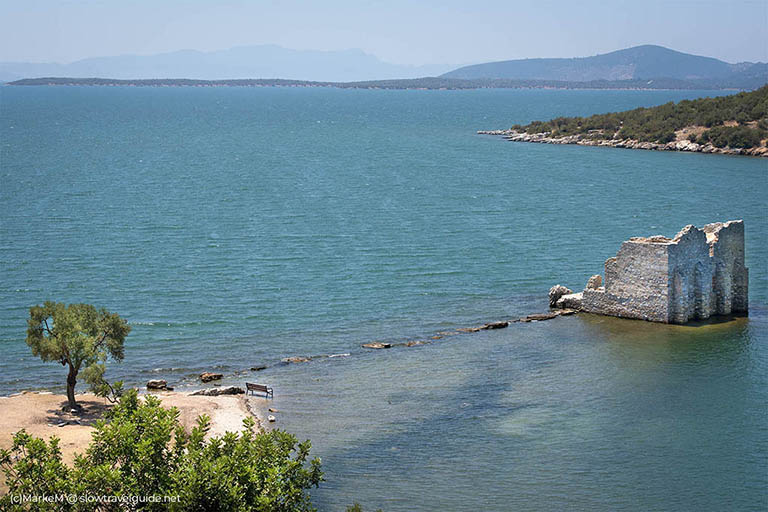
Iassos
Iassos, is an often forgotten ancient site near the Bodrum Peninsula. Being probably more than 4000 years old, it was a prosperous town; the fishing trade generated its primary income. (Read more)
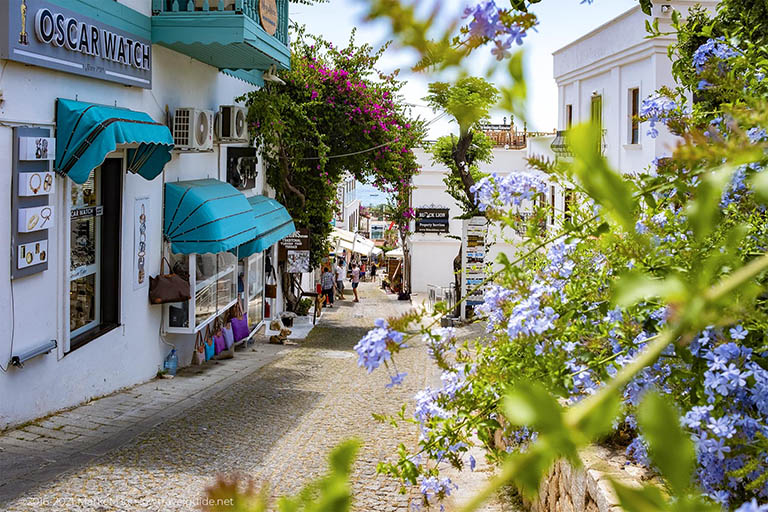
Kalkan
Kalkan, without any doubt one of these villages that seem to have it all: charm, seaside location, picturesque harbour and a Greek past that still is visible everywhere you go. There are narrow cobbled streets with attractive little shops and inviting restaurants to attract all types of tourists. (Read more)
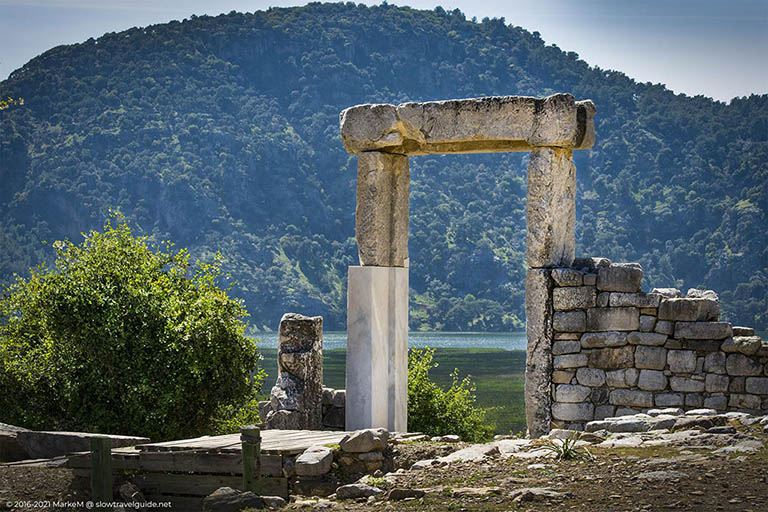
Kaunos
The ancient site Kaunos, near Dalyan, is known for its Lycian rock tombs, carved out the rocks overlooking the Dalyan river. An impressive sight and one of the major tourist attractions in the area. The numerous boat tours which are available are packed with people for a cruise on the river. (Read more)
© 2016-2022 All rights reserved by slowtravelguide.net.
The content of this website is copyright protected and the property of slowtravelguide.net.No part of this website may be reproduced in whole or in part in any manner without the written permission of the copyright owner.
Copyright ©2016-2022 Tüm hakları saklıdır. Bu (slowtravelguide.net.) web sitesinin içeriği koruma altındadır ve slowtravelguide.net.Buradaki hiçbir içerik (yazı,fotoğraf,video vb.) izinsiz olarak kopyalanamaz, alıntı yapılamaz,başka yerde yayınlanamaz.

